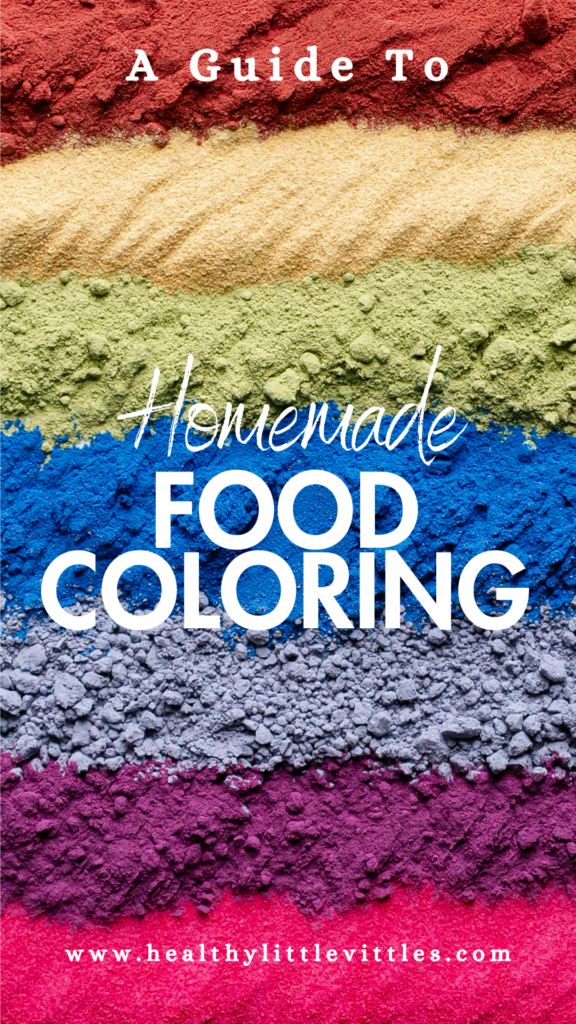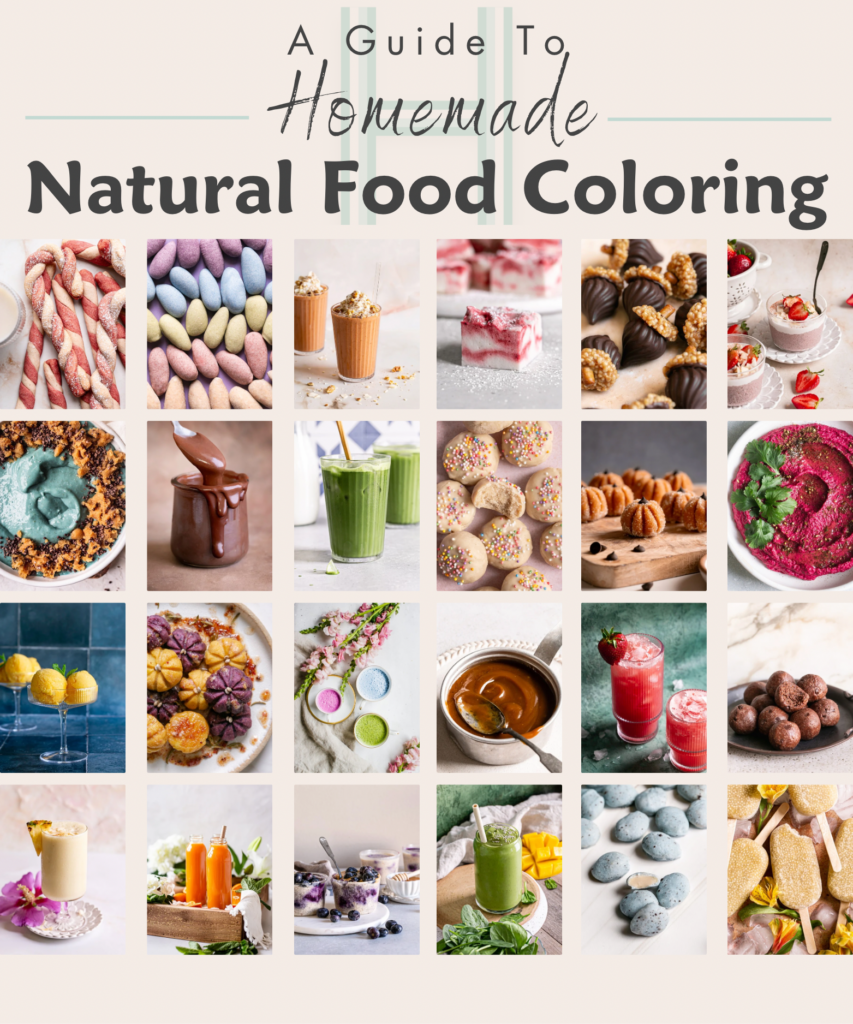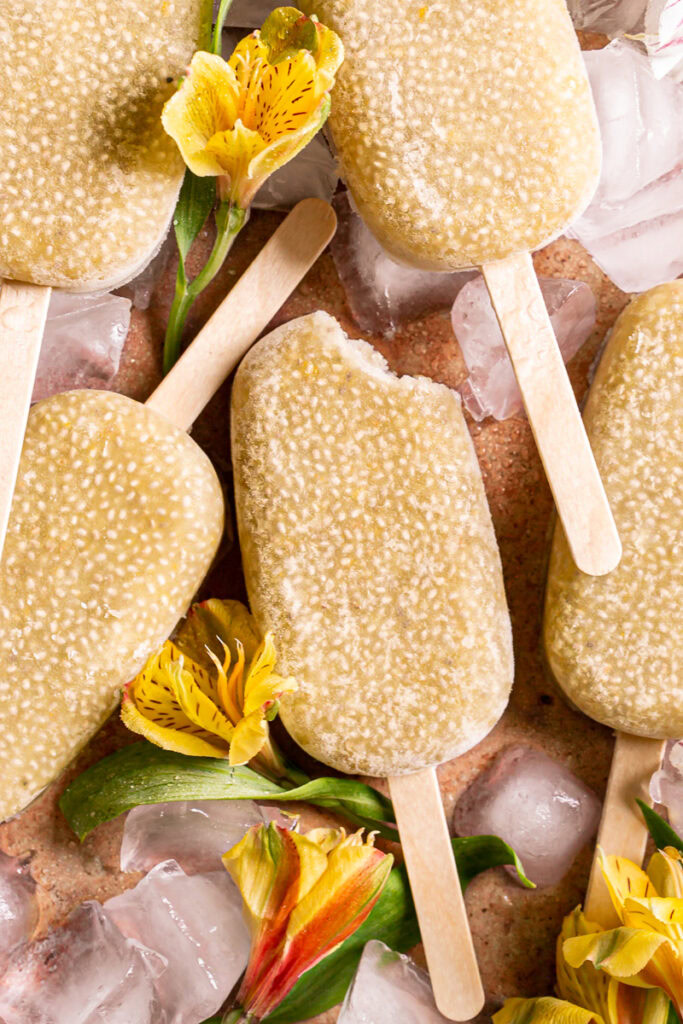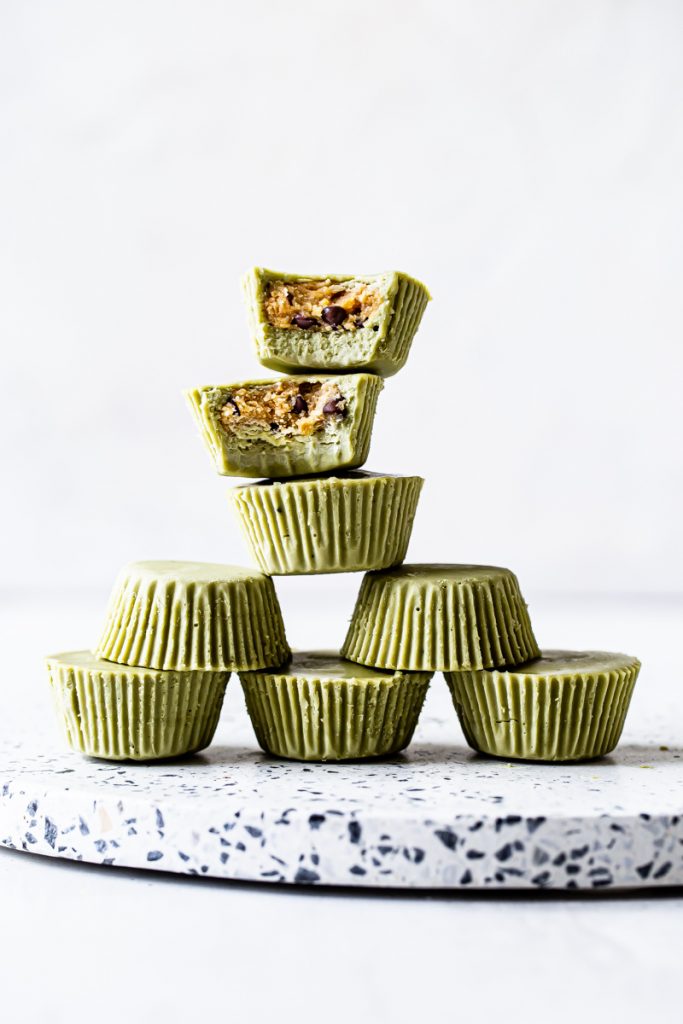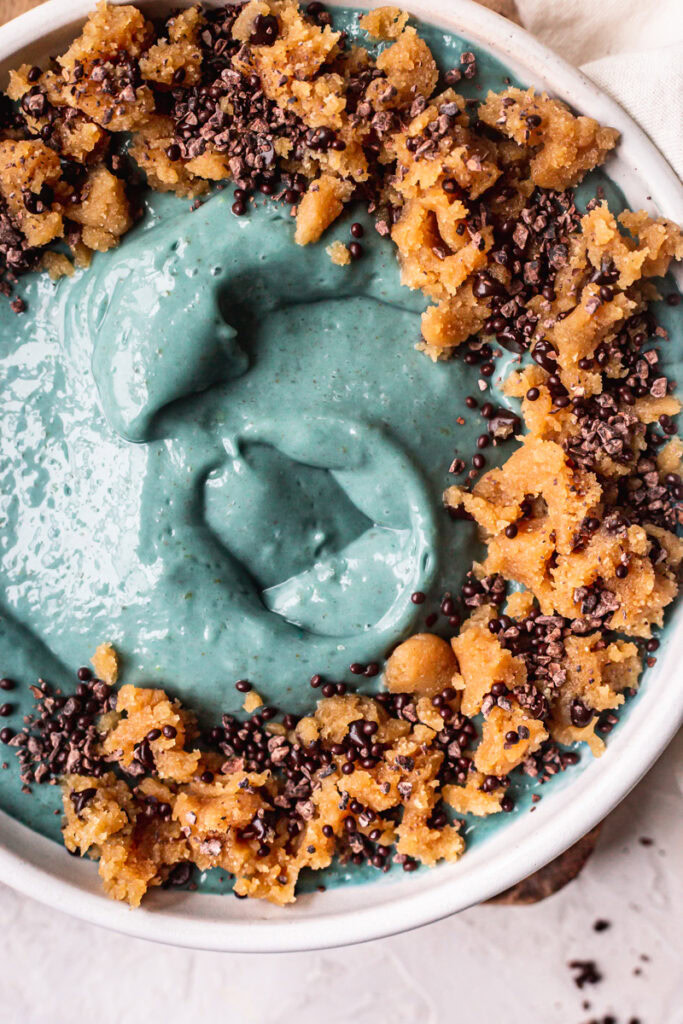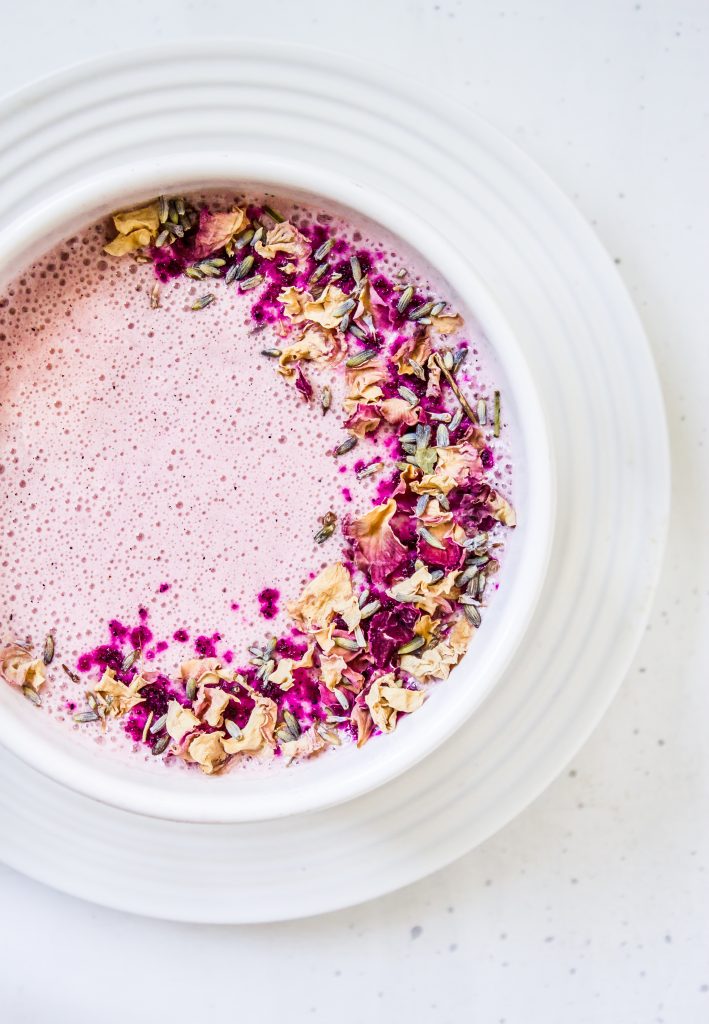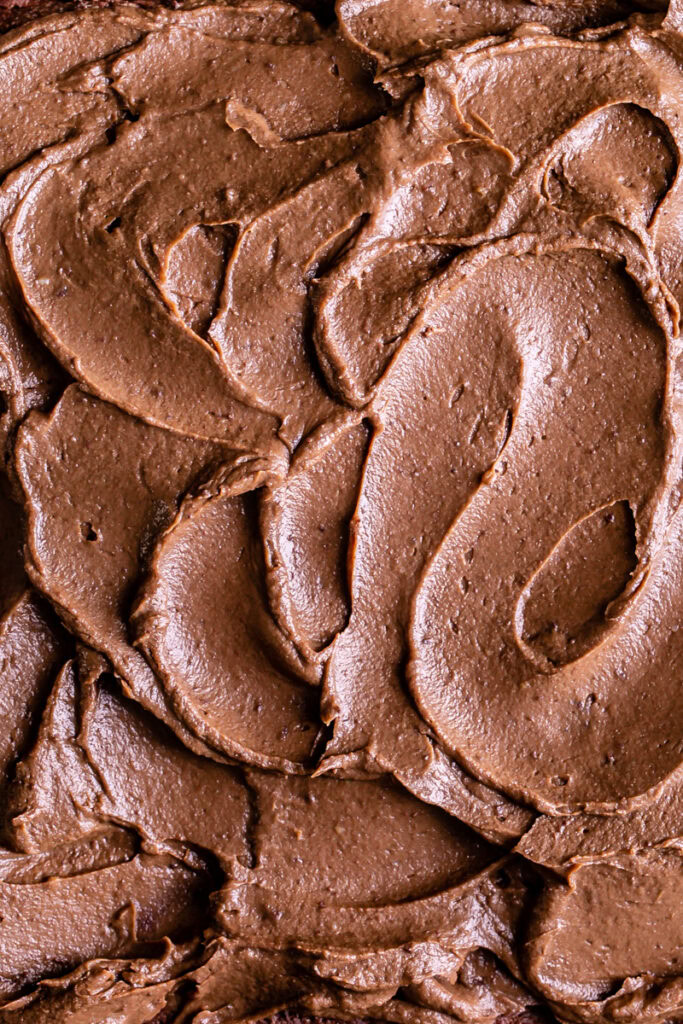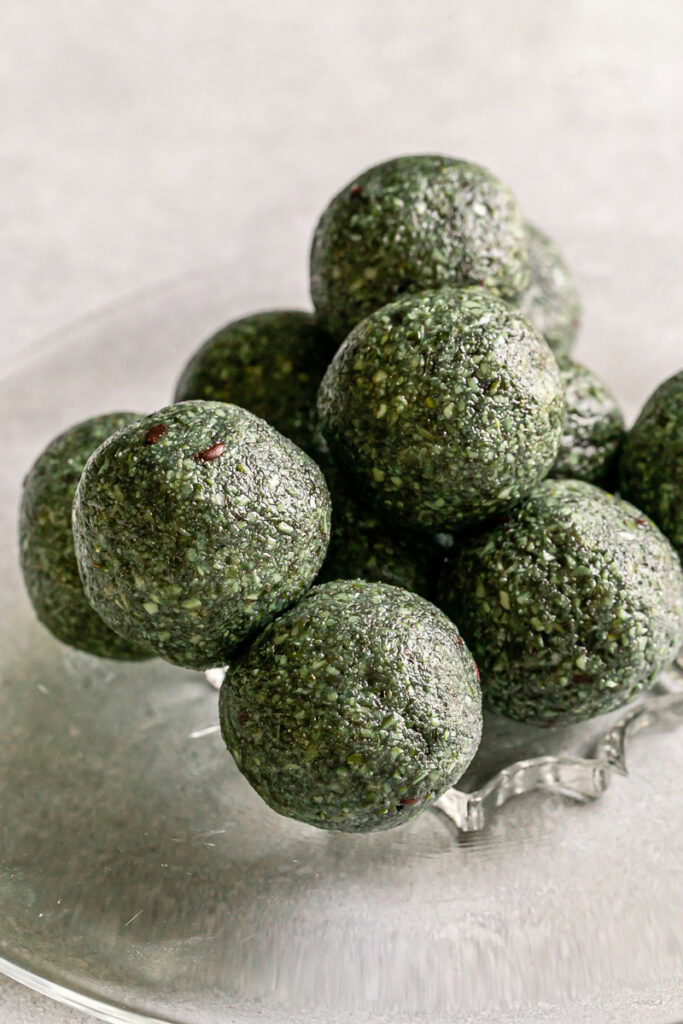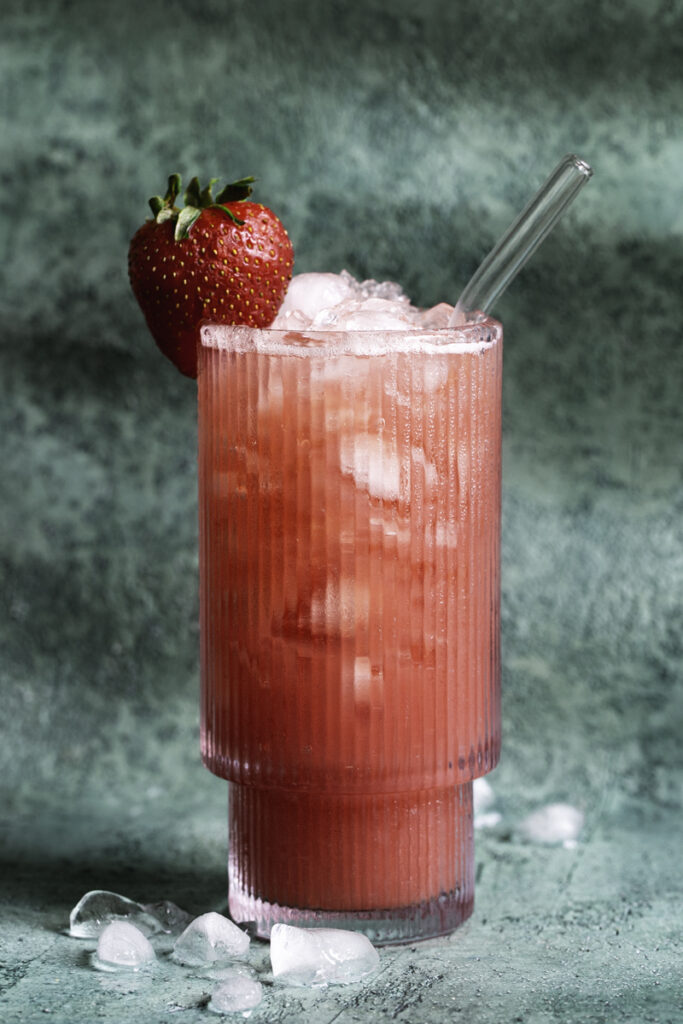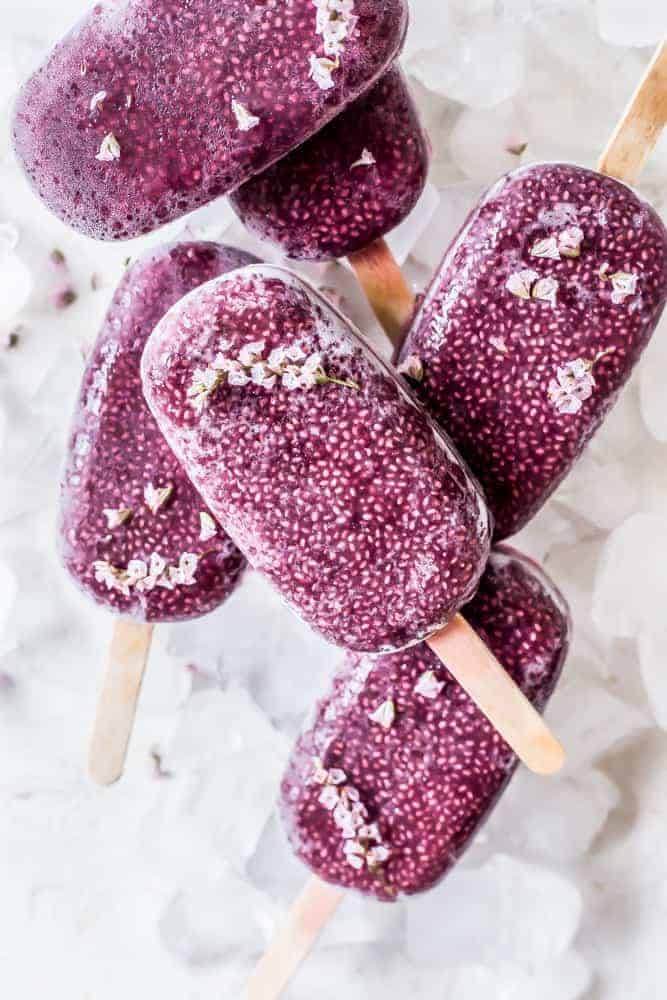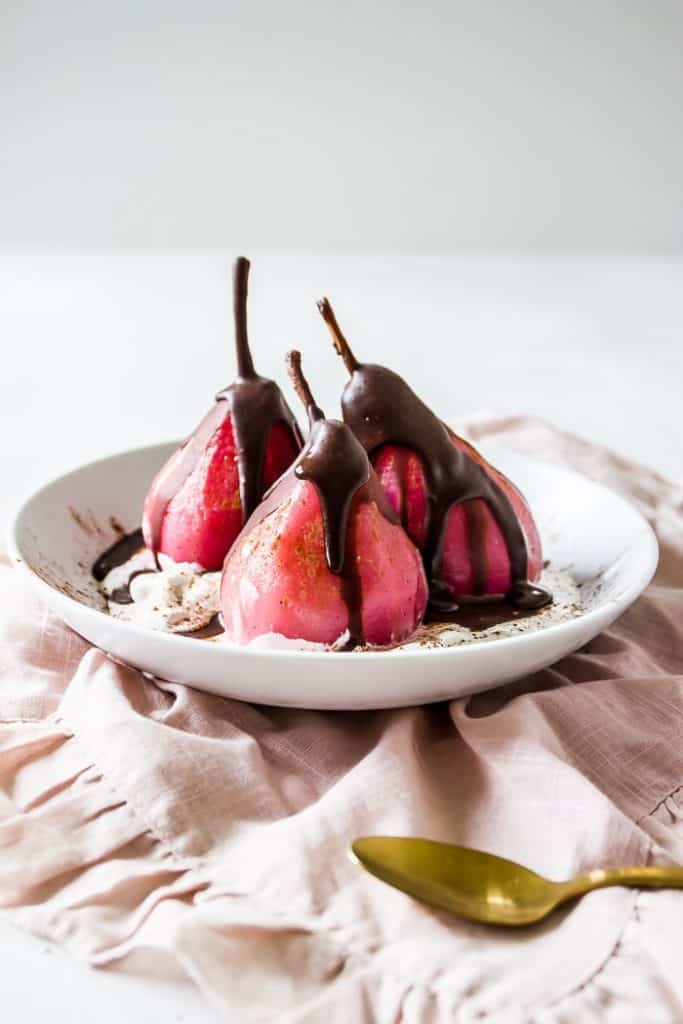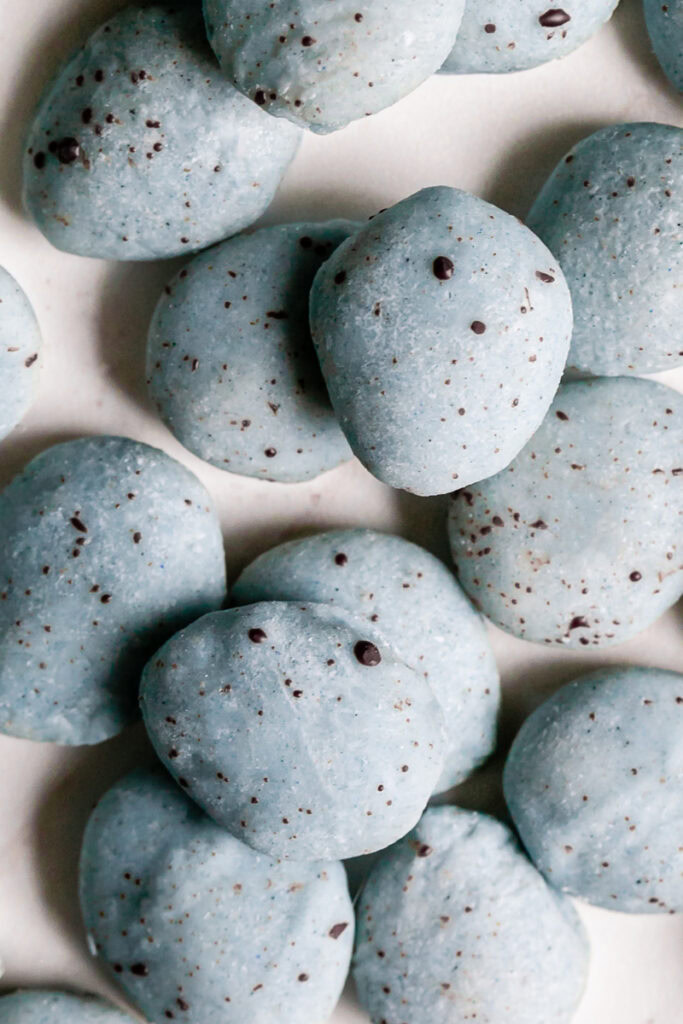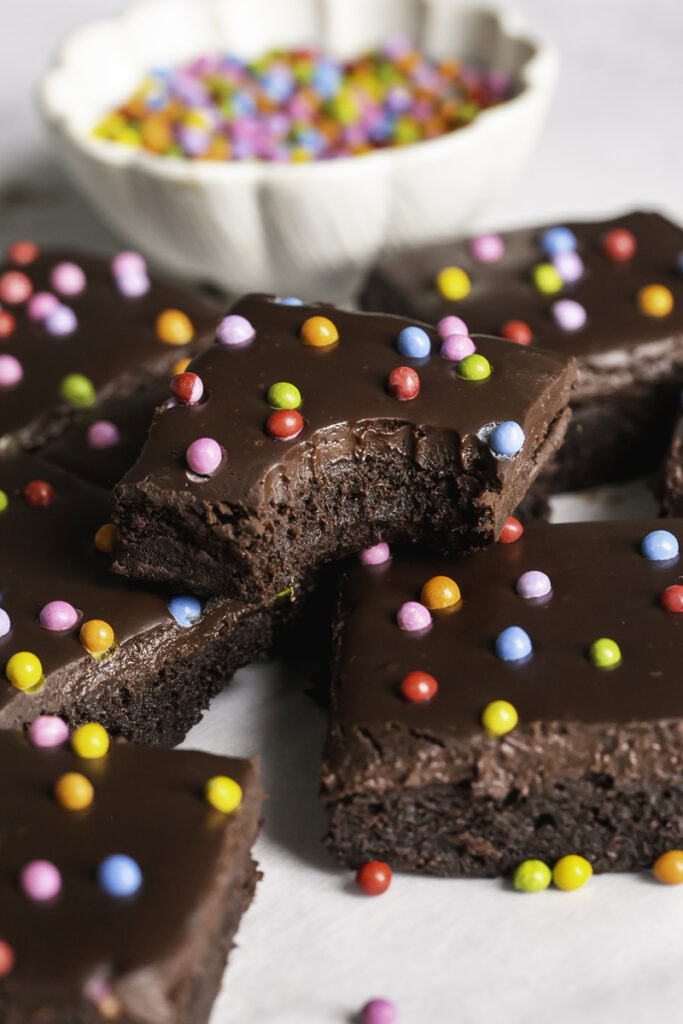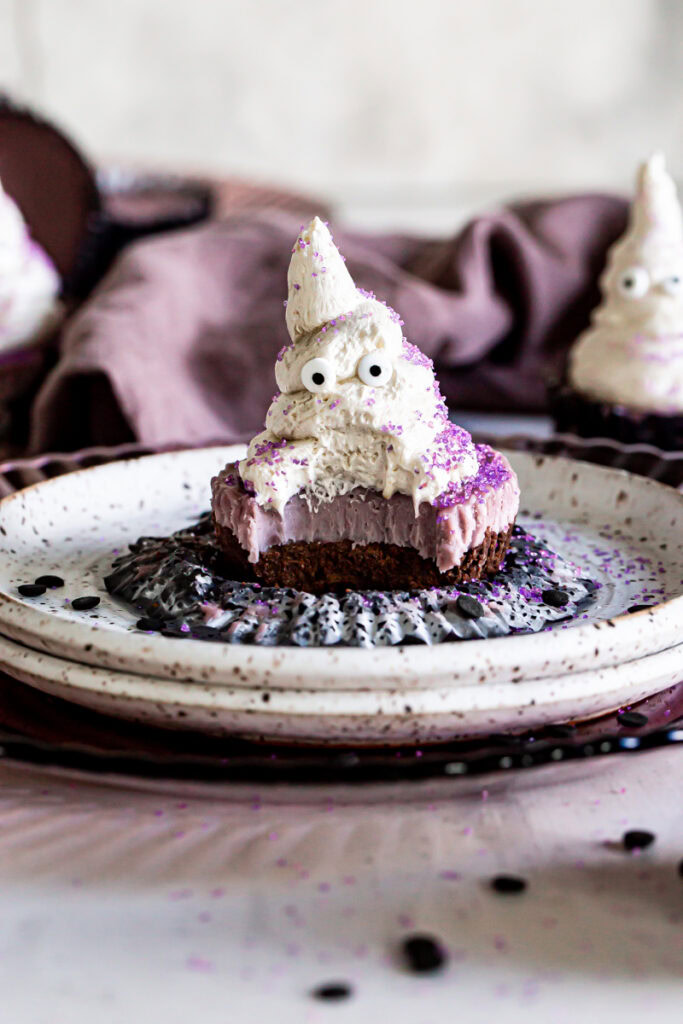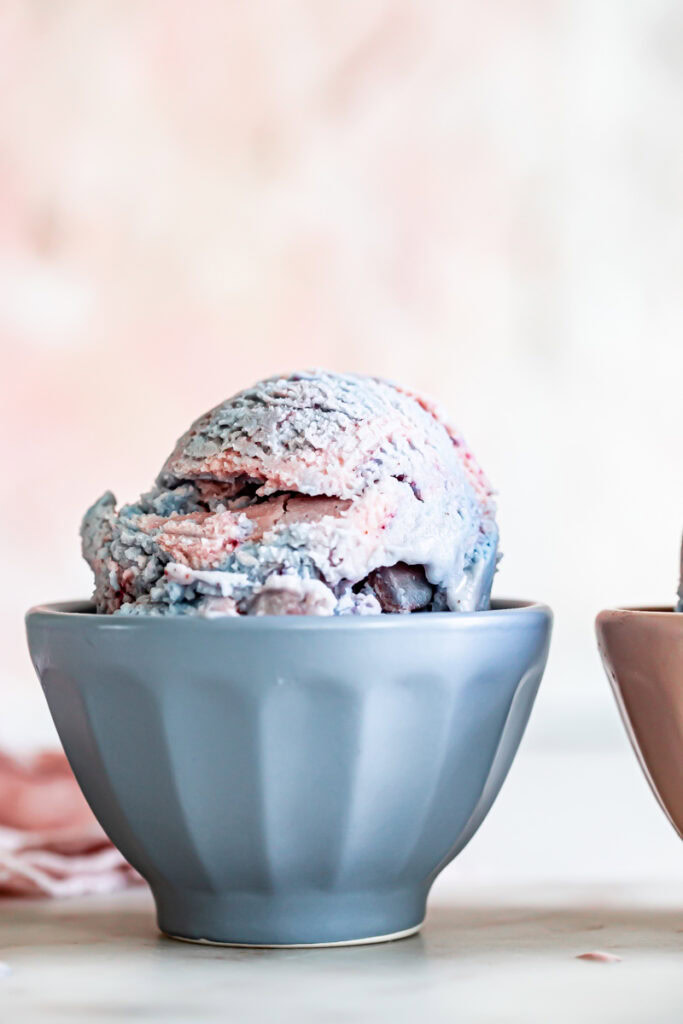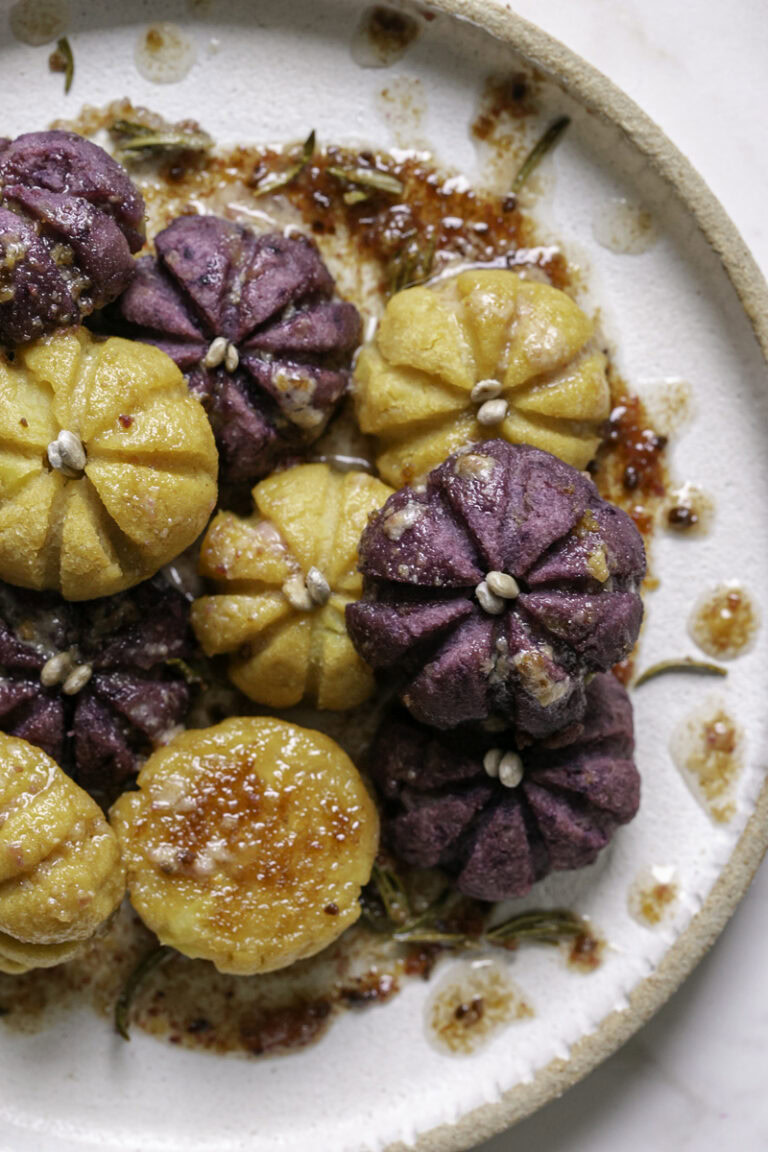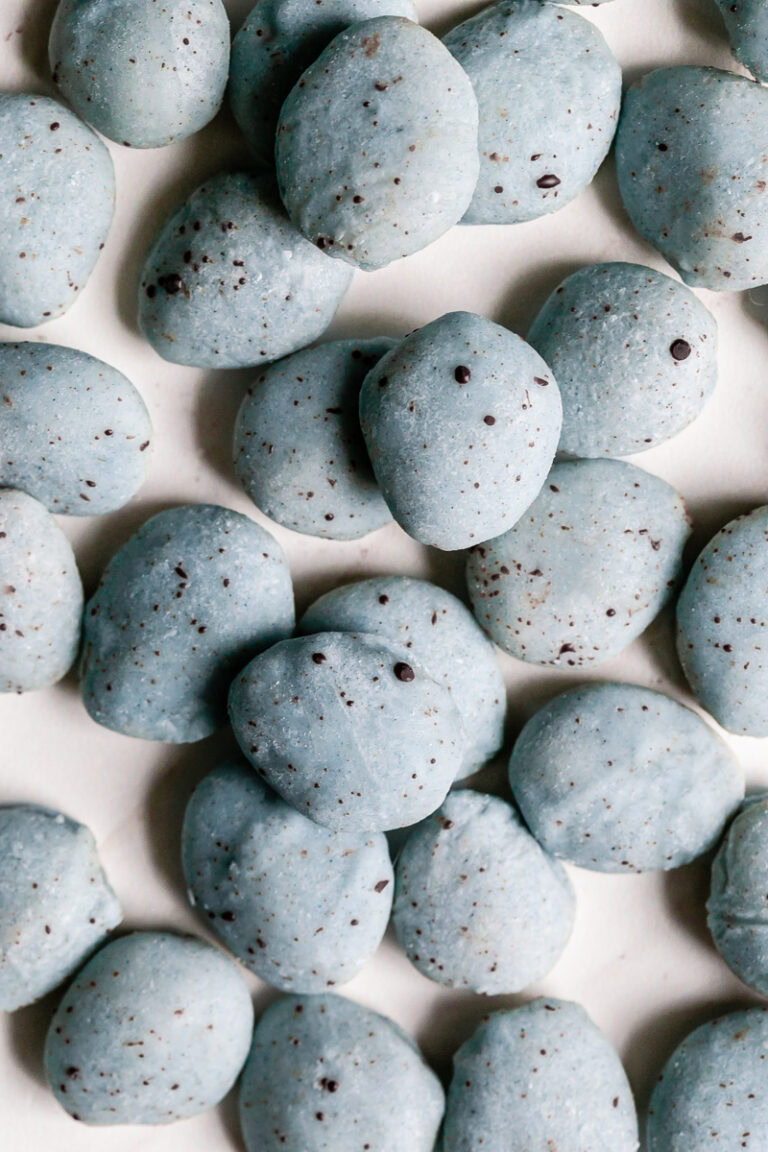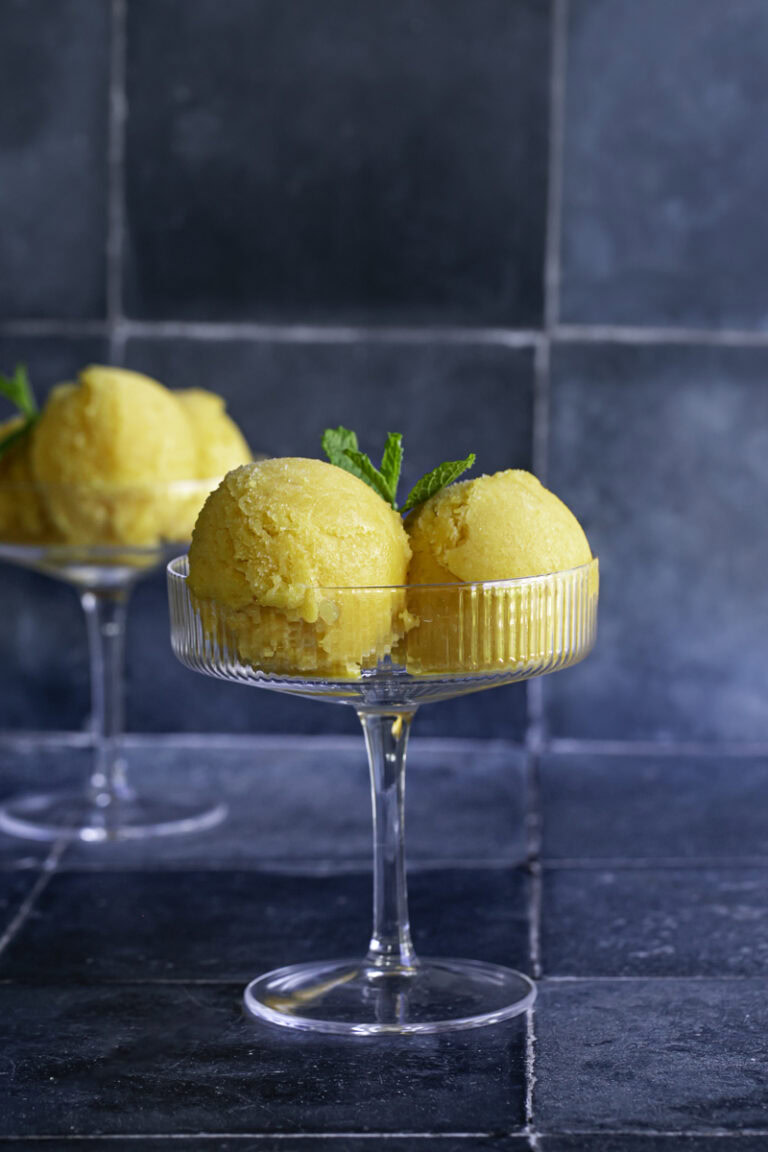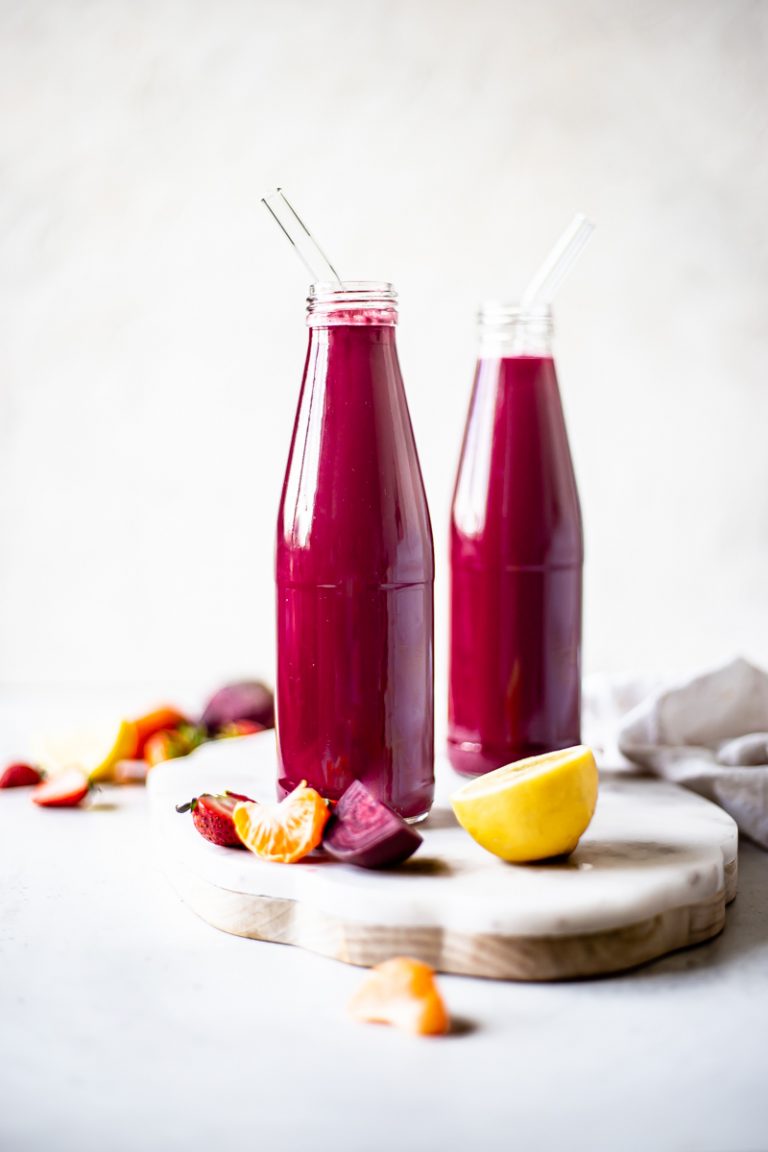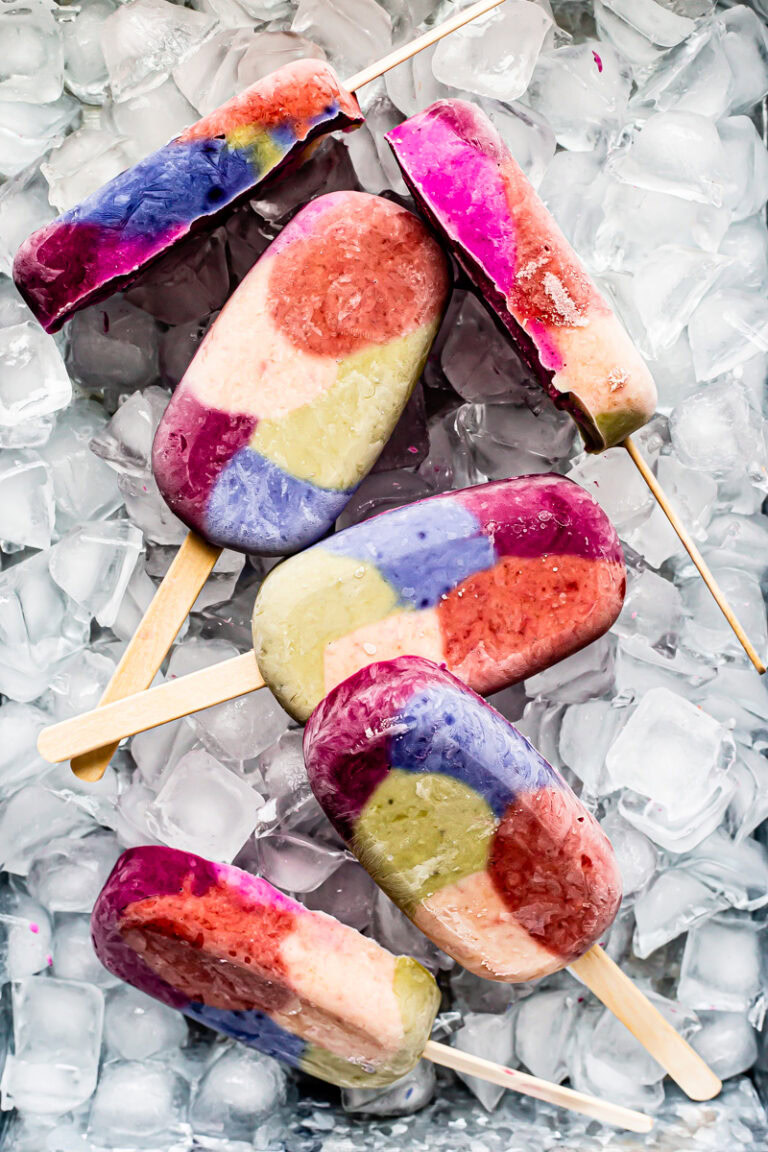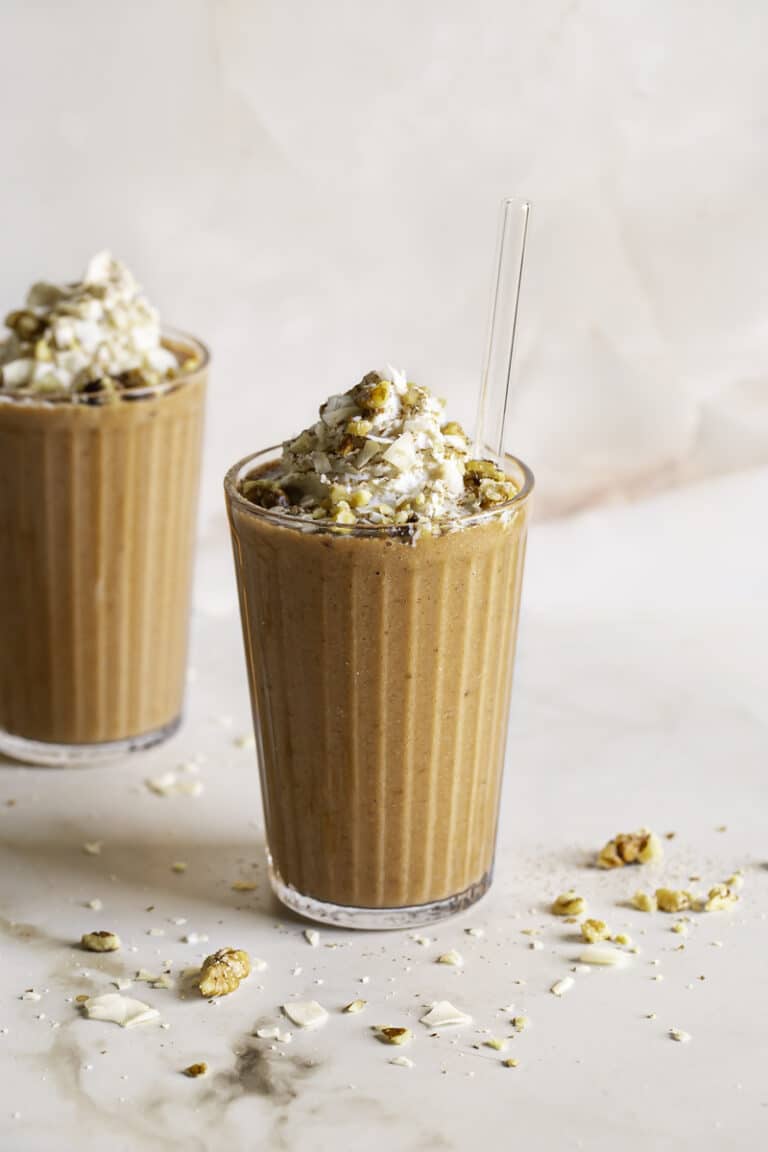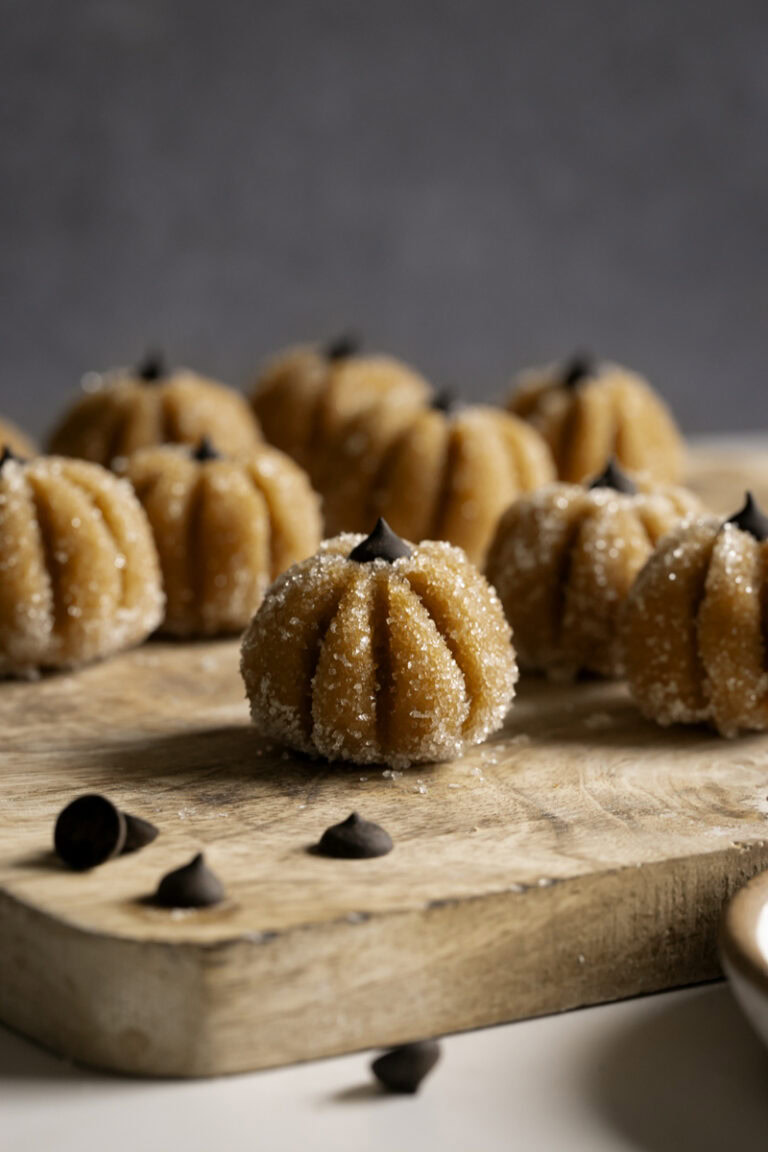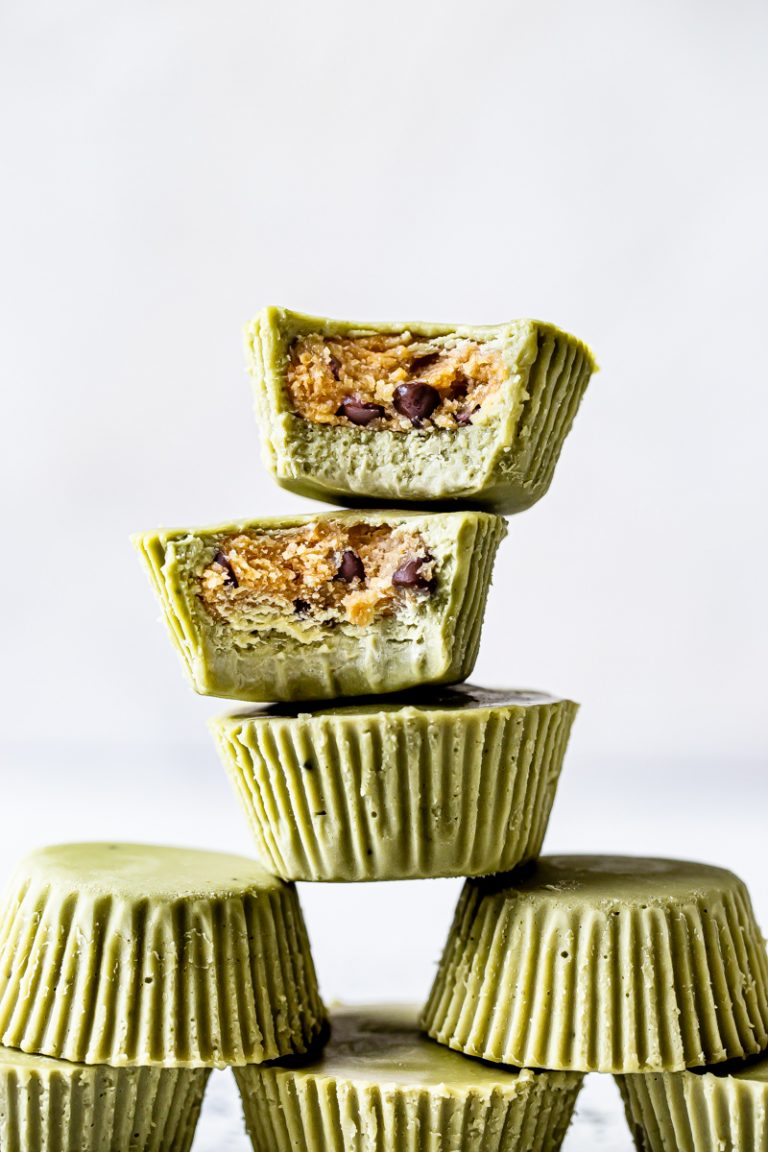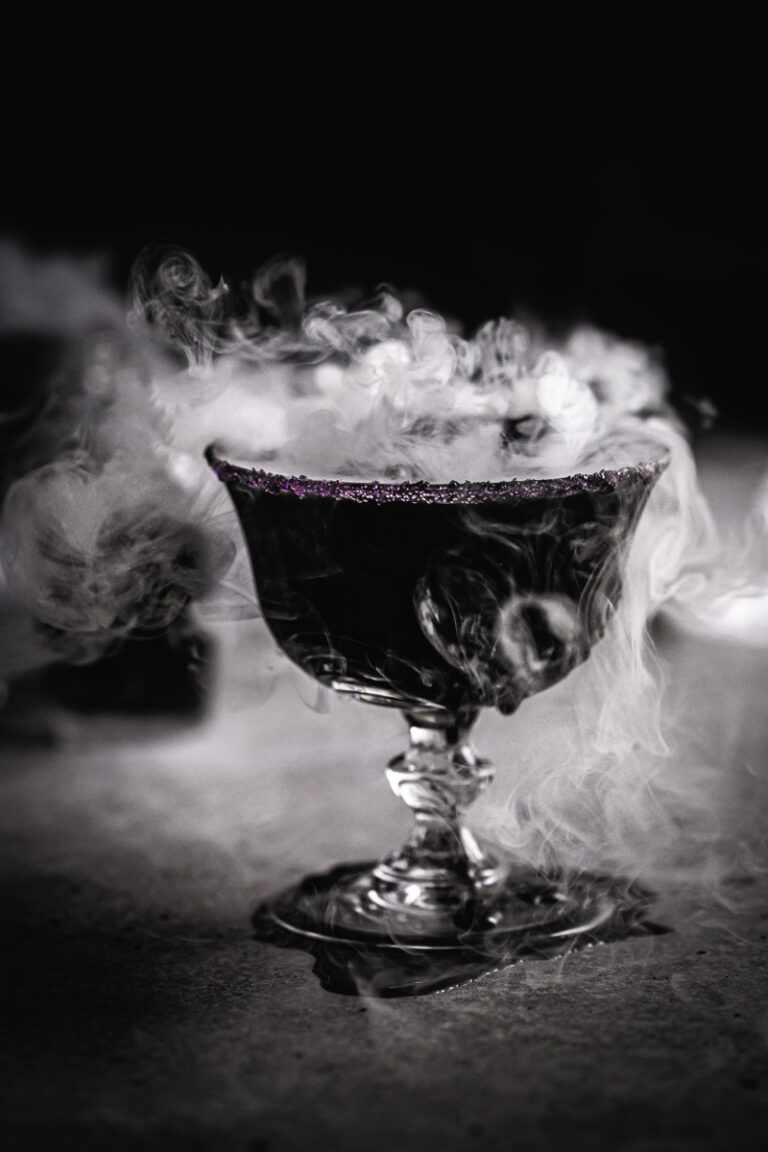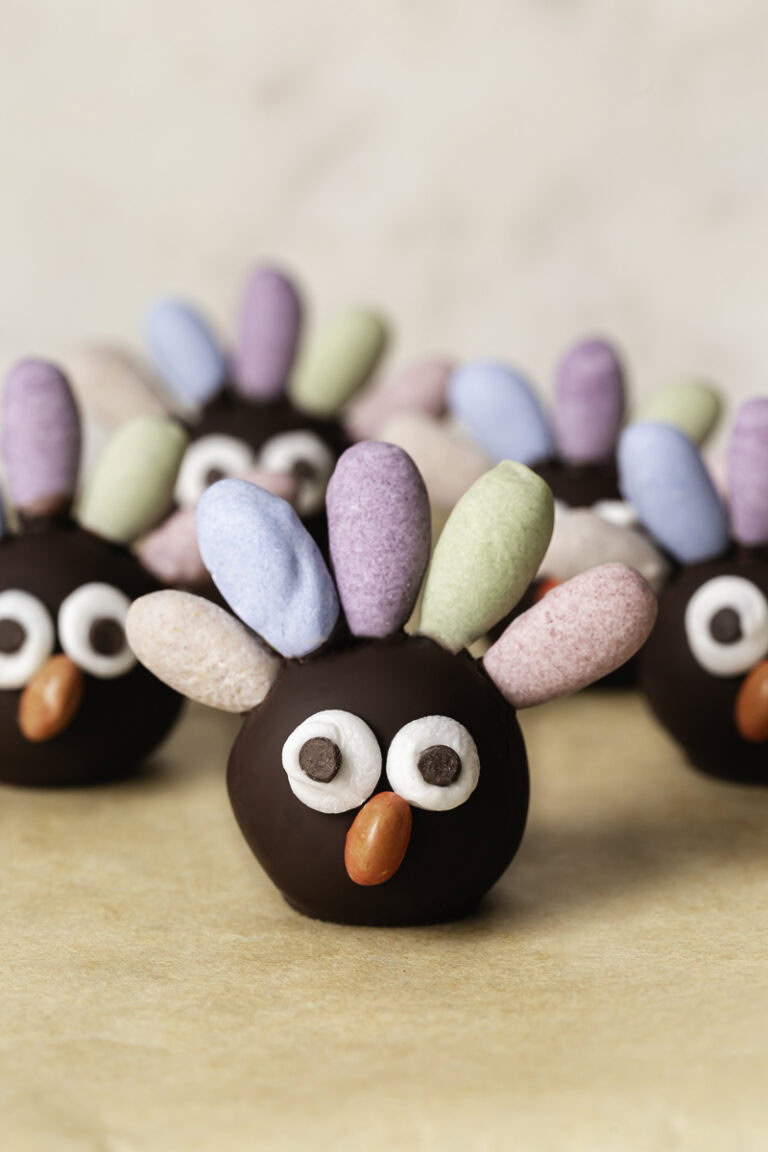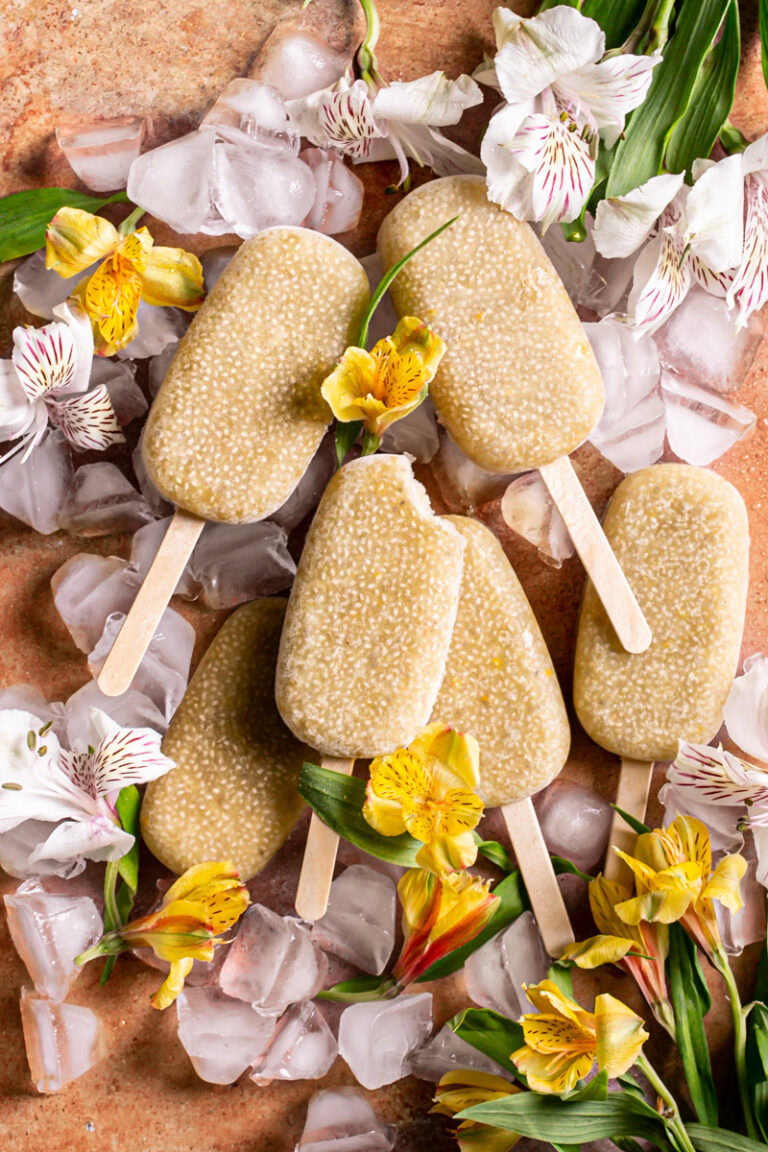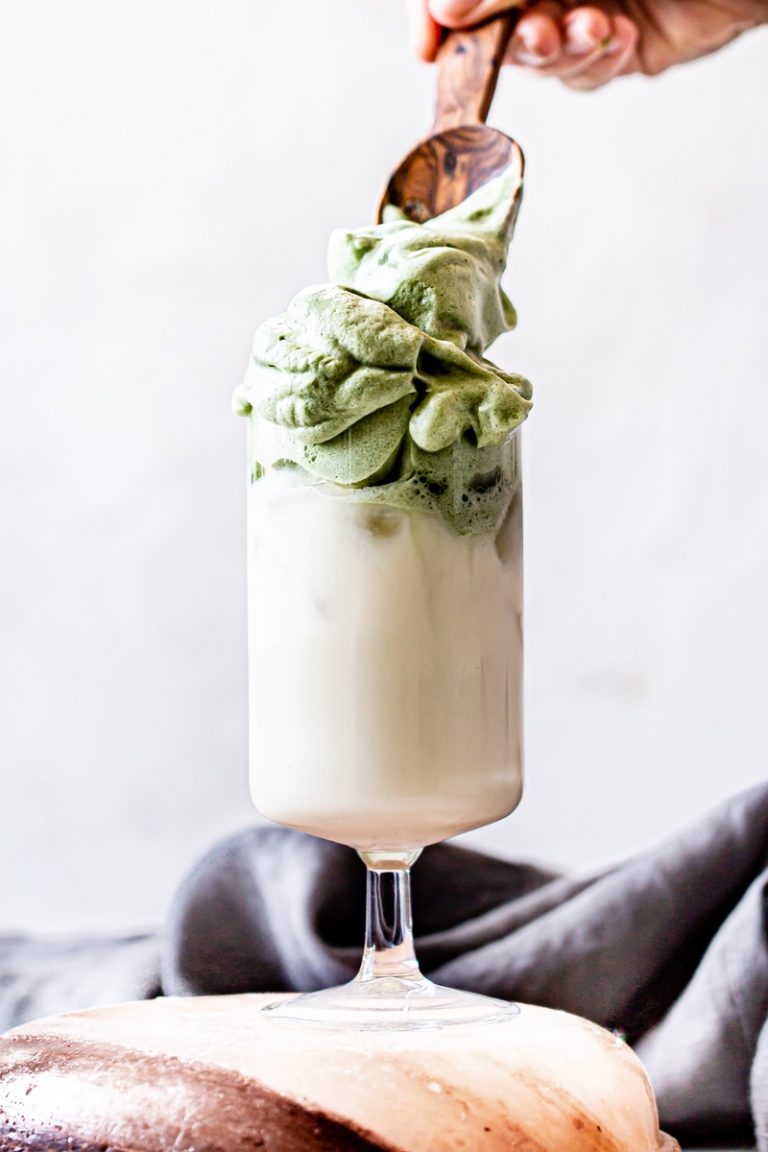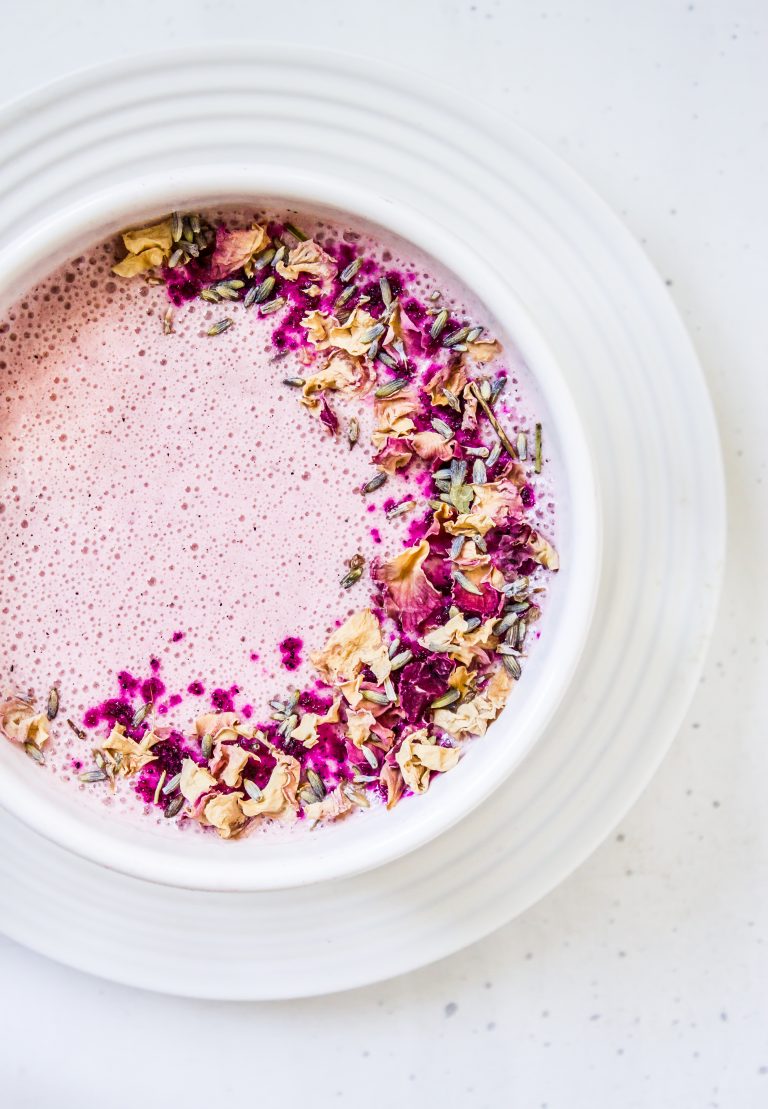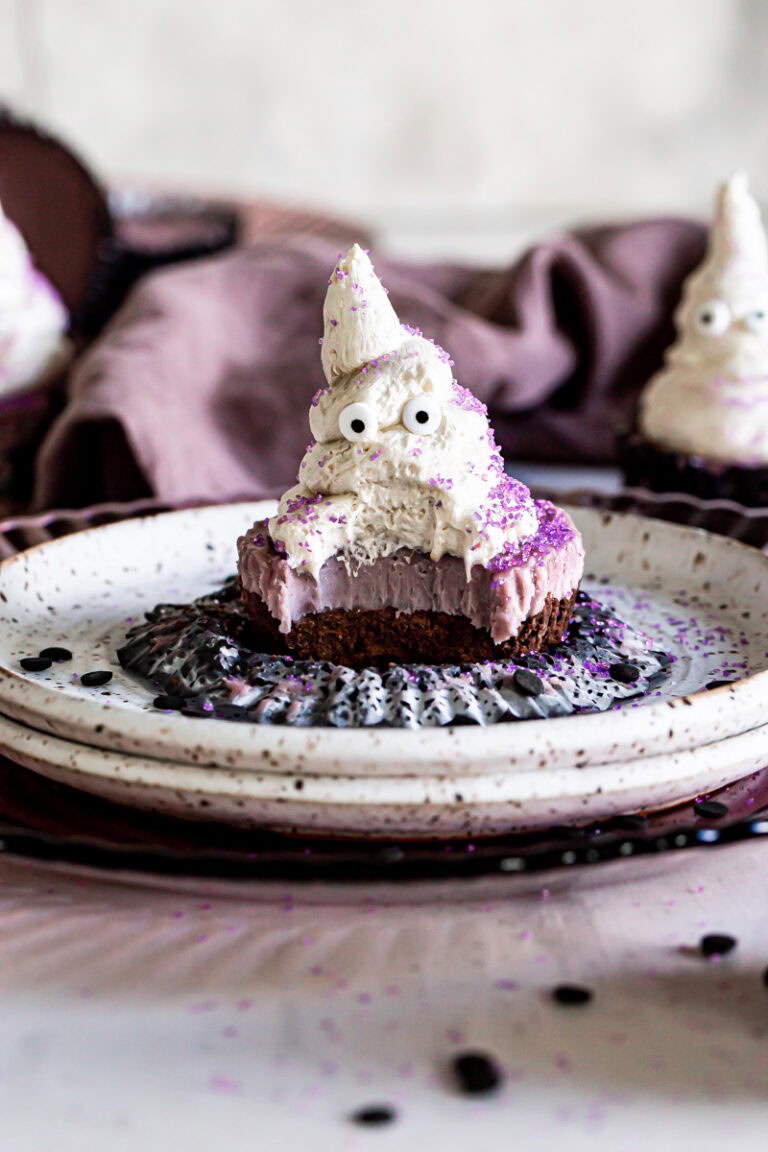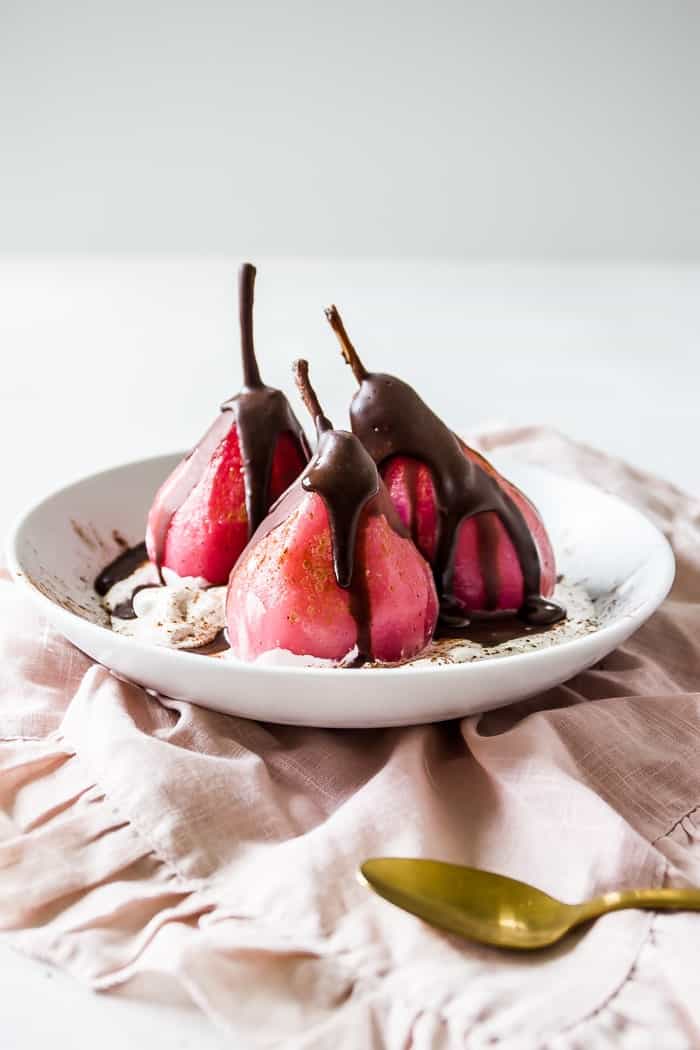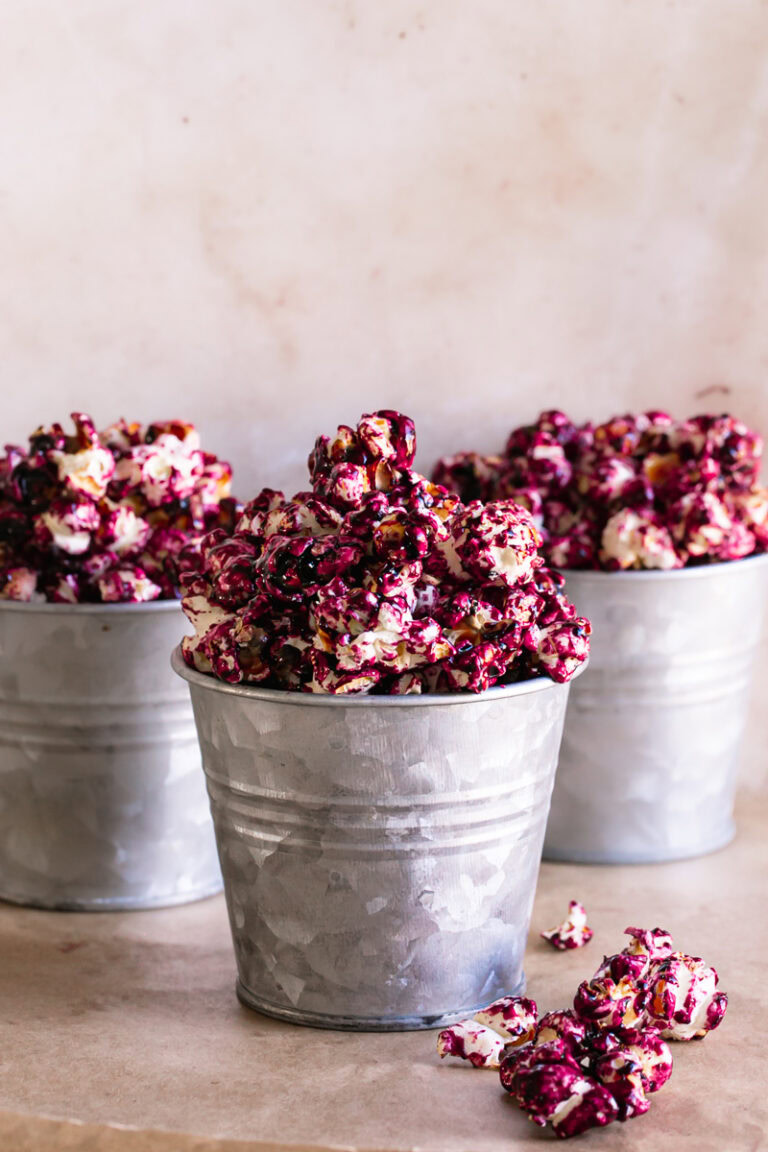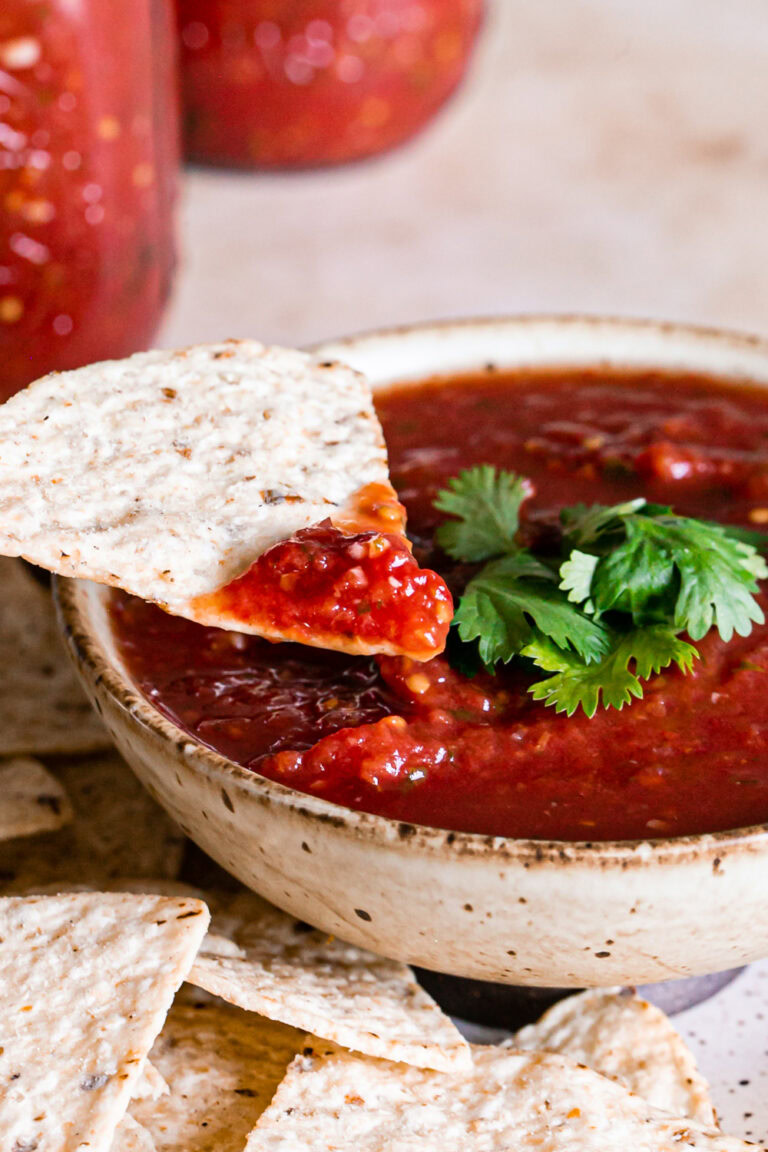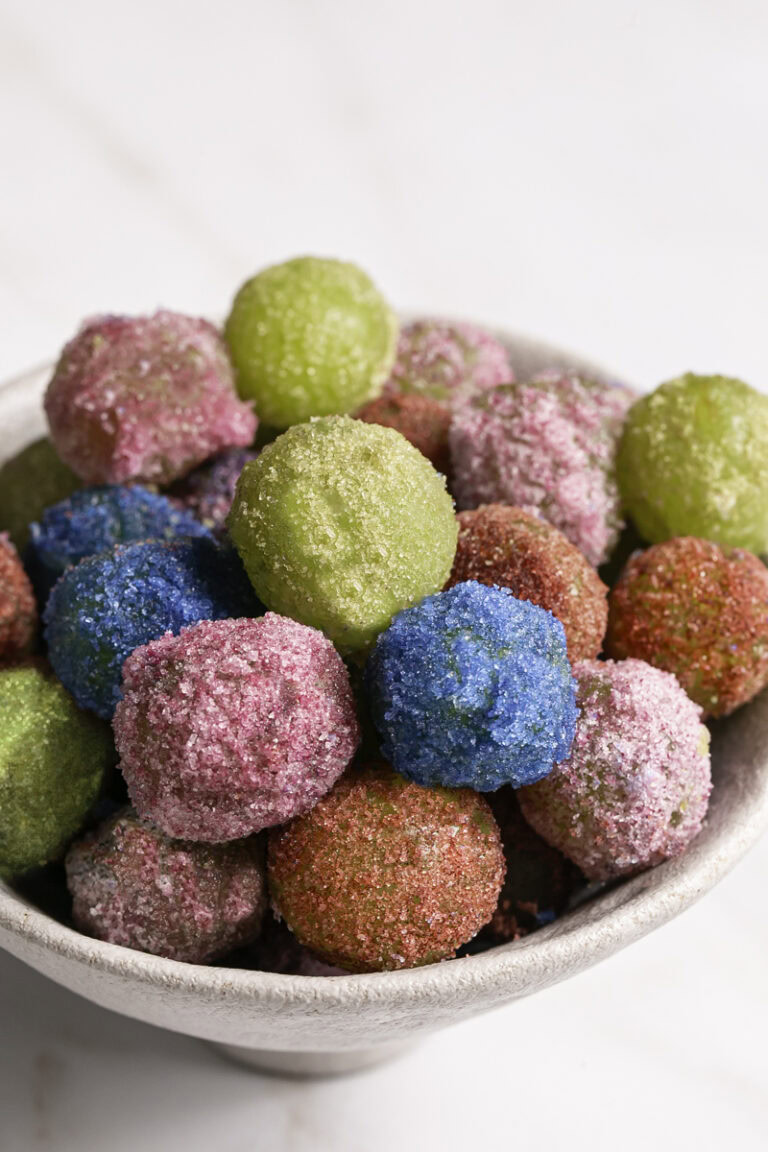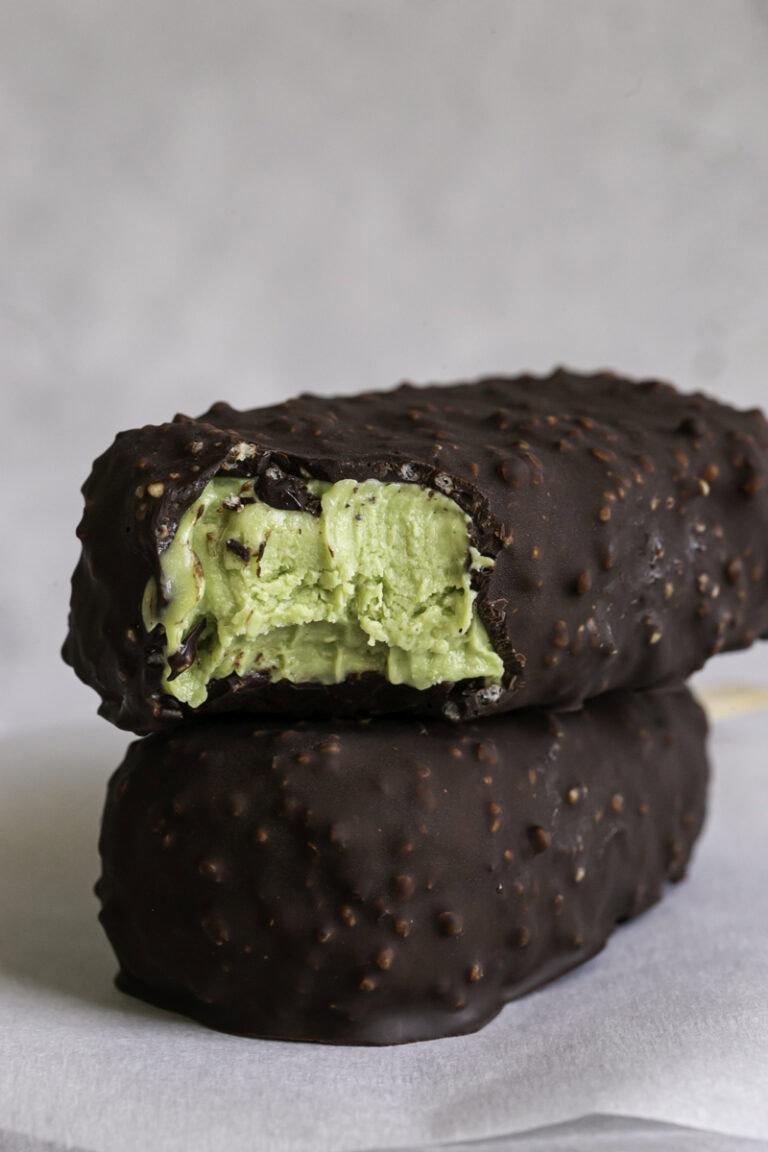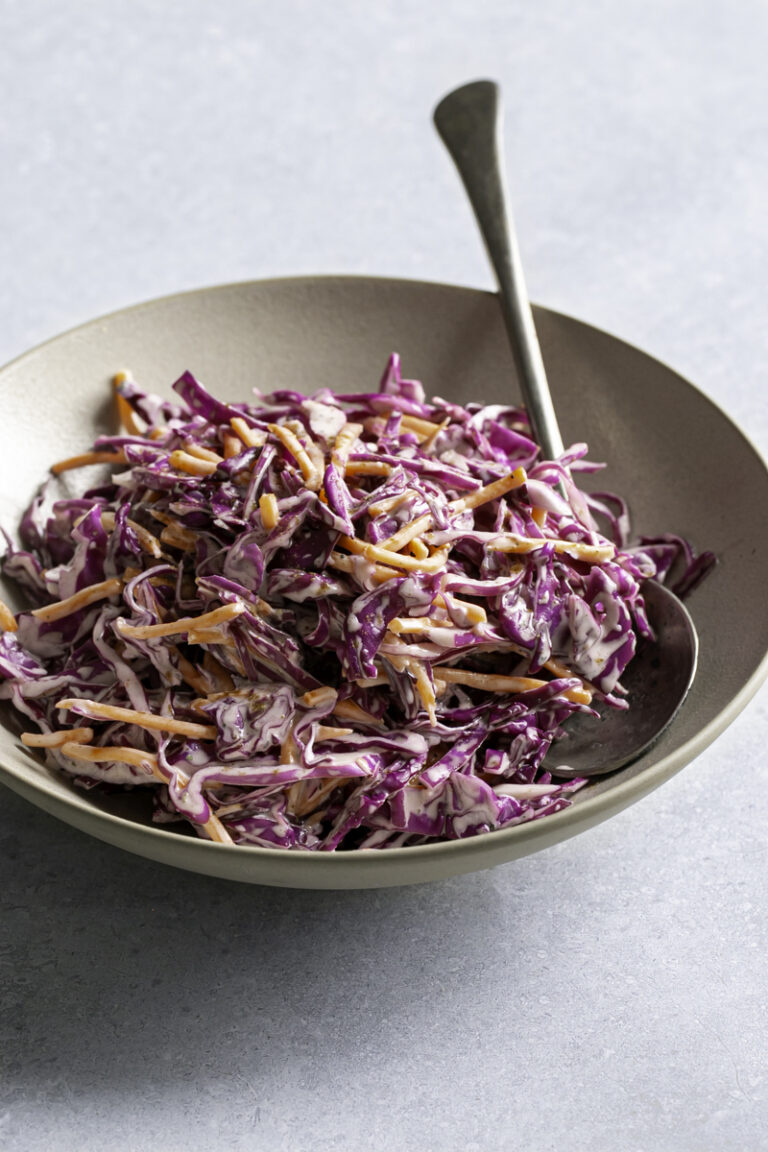A Guide To Homemade Natural Food Coloring

This post may contain affiliate links. As an Amazon Associate and an affiliate for other programs, I earn a commission from qualifying purchases. Read the disclosure policy for more information.
Making your own homemade natural food coloring is easy and fun! Ditch the artificial food dyes and learn how to make all the colors of the rainbow to color your food naturally using real, whole foods instead of synthetic artificial food dyes.
What Are Artificial Food Dyes?
Food dyes can be found in a variety of foods. It’s becoming more and more prevalent to find artificial colors added to foods you wouldn’t think they’d be added to, like salad dressings or even fruits and vegetables 🤨 😤. You’re probably most aware about the use of food dyes in baked goods or in vibrant candy and sugary beverages.
You might be familiar with seeing common food dyes listed on food labels, such as Red 40 (Allura Red), Red 3 (Erythrosine), Yellow 5 (Tartrazine), Yellow 6 (Sunset Yellow), Green 3 (Fast Green), Blue 1 (Brilliant Blue), Blue 2 (Indigo Carmine).
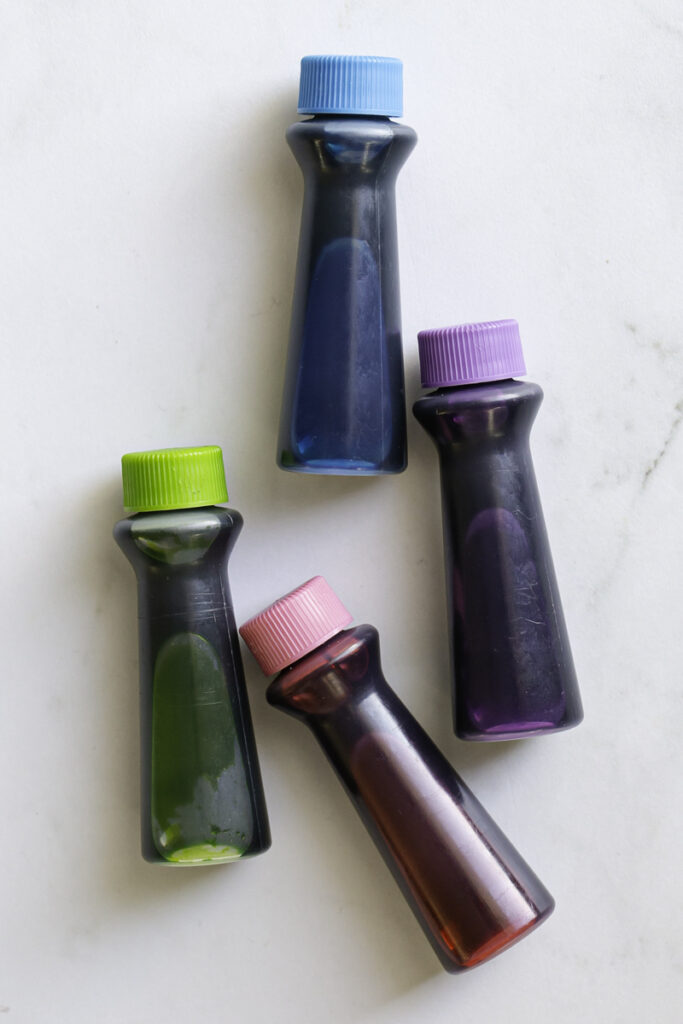
What Artificial Food Dyes Are Made Of
Food dyes are artificially made from petroleum-derived chemicals to make food look more appealing, enticing you to buy them for their vibrant color. You can pretty much find food coloring in any color now! Which I agree is super fun, especially for baking and creating colorful dishes 🌈, however, artificial food dyes have become controversial for potential health risks they pose.
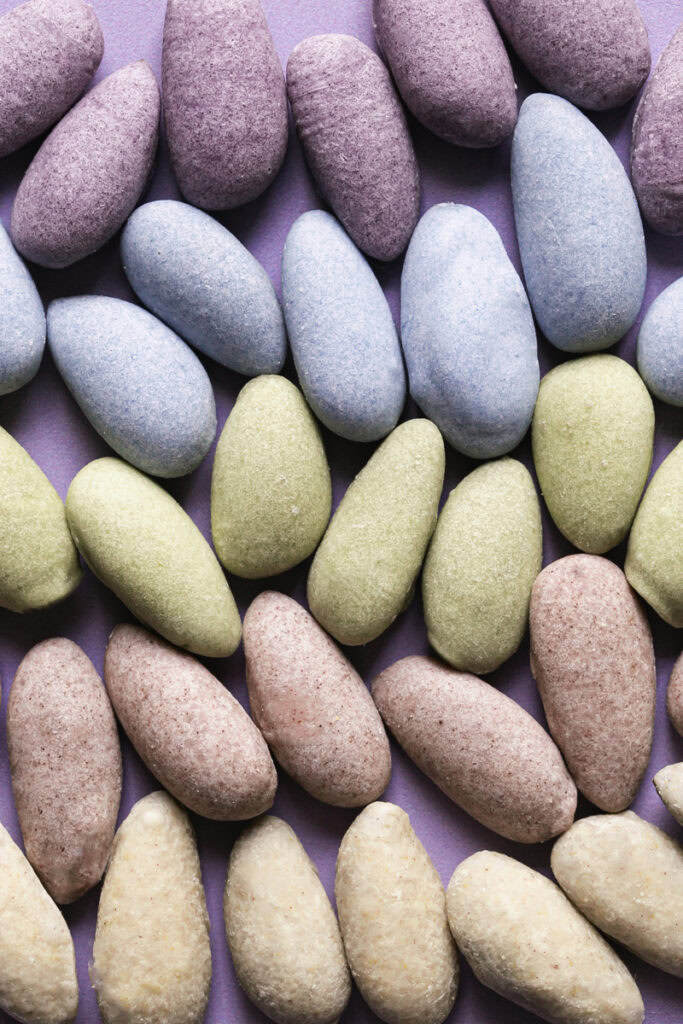
Common Foods Colored With Dye
While this is not a comprehensive list, food dyes are used in a variety of foods such as:
I understand the use of food dyes from a marketing and sales perspective, to make our food look prettier, but it’s frustrating if you’re trying to be mindful of dyes in your food, huh? 😑

Potential Health Issues Cause By Food Dyes
I’m not going to get super in depth about potential health risks of consuming food dyes because it is somewhat of a controversial topic, however, it’s not uncommon to have heard that food dyes, especially the red and yellow dyes, have been associated with hyperactivity, behavioral changes, irritability, depression and difficulty sleeping- particularly in sensitive children. Some dyes are suspected to cause allergic reactions, and may cause cancer or tumors- though more research is needed.
For me, I try to avoid food dyes in anything I buy and limit the use of conventional dyes in my recipes. In fact, in January of 2025 the Food and Drug Administration (FDA) banned the use of Red no. 3, also labeled as erythrosine, in the United States! 🎉 This is a small step in the right direction but a big win for America! 👏🏻
How To Identify Dyes In Packaged Foods
The best way to identify if a food contains synthetic food coloring is to read ingredient labels and look for Red 40 (Allura Red), Red 3 (Erythrosine), Yellow 5 (Tartrazine), Yellow 6 (Sunset Yellow), Green 3 (Fast Green), Blue 1 (Brilliant Blue), or Blue 2 (Indigo Carmine). You might also see caramel color.
Generally, you’re safe when buying fresh produce (I would hope!), but if a food looks “fake” and almost too colorful and perfect- maybe it is? 🤔
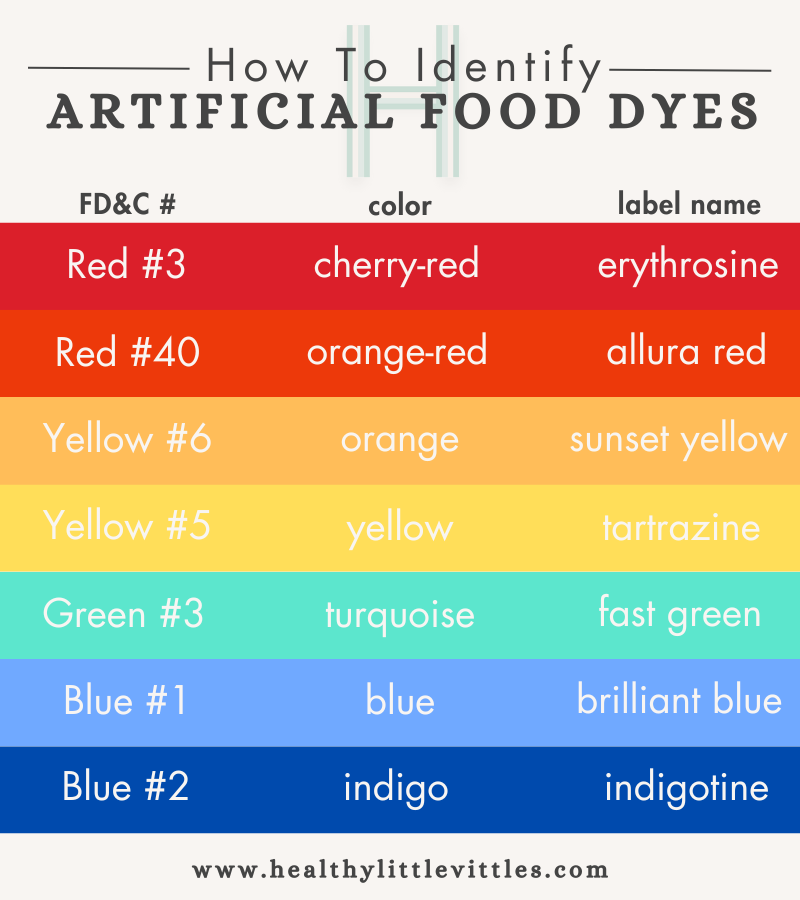
How To Make Your Own Food Coloring
You can easily make your own food coloring at home with food items you might already have in your kitchen! I think it’s fun to experiment with different foods to make beautifully colored dishes. You can use spices, supplements, or freeze-dried fruits and vegetables.
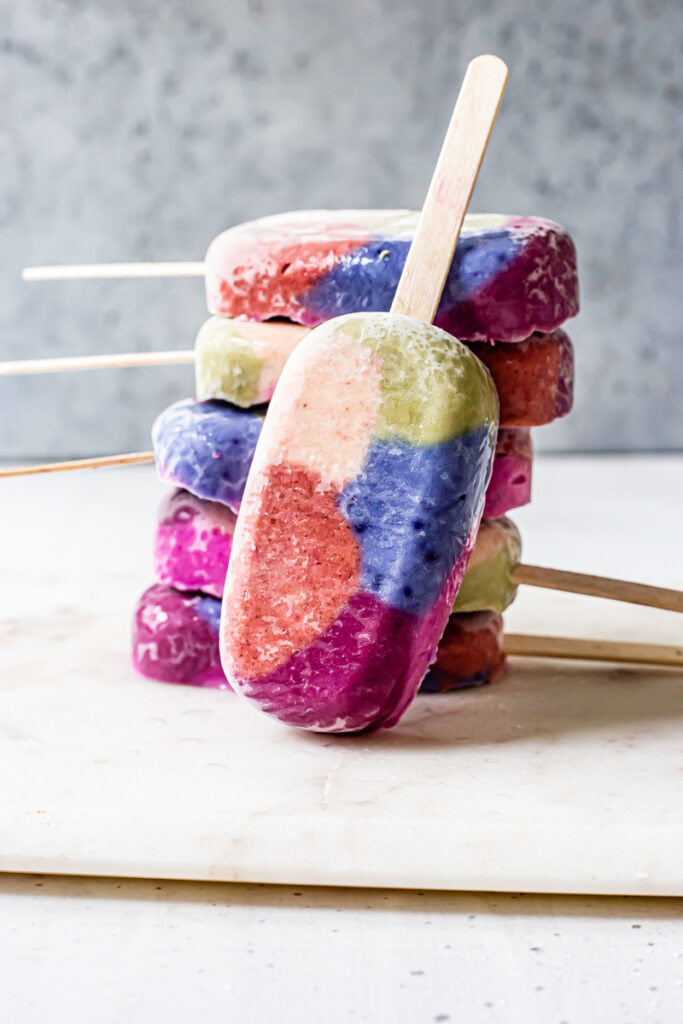
While I am not going to give you a specific recipe to make homemade food coloring in this post, I am going to give you some ideas of how to make your own (that’s why I am calling this a guide to making homemade natural food coloring) and break it down by foods and powders you can use. I use many of these natural food colorings in my dye-free recipes. Keep in mind, the more of a color you use, the different hues you’ll get, but the taste might also be altered.
Foods Used To Make Natural Food Coloring
Beets, tomato, cherry, cranberry
Carrot, sweet potato, oranges
Turmeric, saffron, passion fruit, pineapple
Spirulina (my fav!), matcha, spinach, pandan leaf, avocado, chorella
Blue spirulina (my fav!), blue butterfly pea flower, red cabbage plus baking soda
Blueberries, purple sweet potato, red cabbage, açaí berry, black carrot, blackberries
Strawberries, raspberries, pink pitaya (my fav!), açaí berry
Cocoa/cacao powder, coffee, tea, coconut sugar
Activated charcoal, black cocoa powder
How To Make Powder Food Coloring From Scratch
The easiest way to make your own powdered food coloring is by buying freeze-dried fruits and blending them into a fine powder in a food processor. You can also dry your own fruits and vegetables by baking them at low temperatures in the oven or dehydrating them in a dehydrator and then grinding them into a fine powder with a food processor. These powders can be added directly to the recipe. I usually start with 1 teaspoon of powder and add more as needed, taste testing in between to be sure the powder doesn’t alter the taste of my recipe. It also helps to sift the powder into the recipe to avoid any clumps.
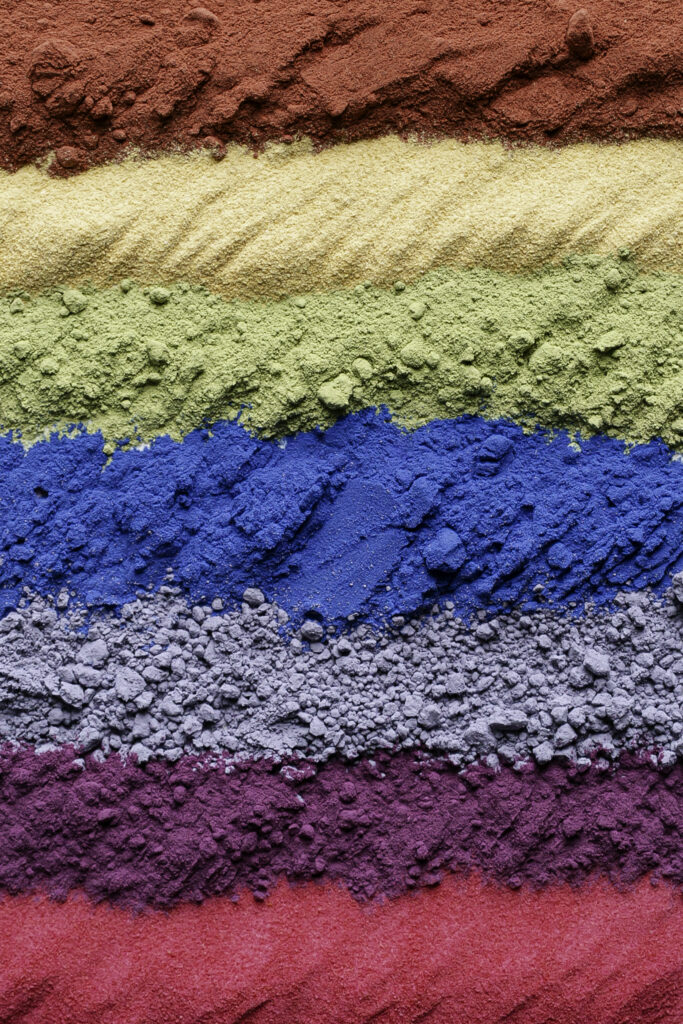
Powdered Food Color Pros
– There are a lot of foods that are sold in powdered form that you can readily purchase, so you don’t have to make your own powders at home, which could be time consuming.
– You can add these powders right to the food you’re wanting to color.
Powdered Food Color Cons
– Foods in their powdered forms may be hard to find in stores, so you’ll most likely have to buy online.
– If you’re adding the powder directly to the food, it could clump. I suggest sifting the powder into the recipe.
– You may have to use a good amount of powder for the food item to actually show color, thus potentially altering the taste. This is particularly true for lighter colors, like yellow.
How To Make Liquid Food Coloring From Scratch
Making liquid food coloring can be made from juice, such as beet juice, either homemade or store bought- though it’s best if the juice is pure concentrated juice and not watered down. Fruit and vegetable purées can also be used but they need to be strained or they will be too thick and/or chunky. You can also simmer fruits or vegetables in a saucepan until they reduce (water evaporates) and then purée with an immersion blender. Tip: Reducing the liquid (evaporating the water) is a vital step in making sure the liquid color is as concentrated as it can be for the best results.

Liquid Coloring Pros
– Liquid food coloring may be more concentrated than powdered food coloring.
Liquid Coloring Cons
– You may need more than a couple drops as opposed to using synthetic food dyes and it might water down your recipe.
What Measurements To Use
When using powdered food coloring I suggest starting with 1 teaspoon and adding more as needed. When adding liquid food coloring, I suggest starting with ½ teaspoon and increase as desired, keeping in mind for both that the color will be more muted than conventional food dyes.
Ideas On How To Use Natural Food Dyes
There’s a variety of ways to use homemade natural food dyes. Again, this is not a comprehensive list so if there’s a dish that you like to add food coloring to, leave a comment below!
Remember, it’s better to start by adding a little and increase as needed because adding too much liquid or powder could alter the recipe outcome.
Benefits Of Making Homemade Natural Food Coloring
– Aside from cutting out added chemicals that have the potential to cause negative health effects, using natural food coloring can actually add beneficial vitamins and minerals. And perhaps from foods you might not normally consume, like spirulina for example. Eating a variety of foods helps us to get all the nutrients our bodies need to thrive.
– Also, when you make your own colors at home, you know exactly what ingredients are going into your recipes.
– For me, the benefits definitely outweigh the drawbacks when making your own homemade food coloring, but even better yet, there are some amazing brands that are working hard to provide natural food coloring for us! See below for my favorites!
Potential “Downsides” To Using Natural Food Coloring
– Now, because the color is coming from real food, you have to take into consideration that a small amount of flavor will remain, which is something that you don’t get with commercial colors. So that’s one “downside” to using natural sources of food coloring.
– Another thing to keep in mind is that natural food colors aren’t as concentrated, which means the color most likely won’t be as vibrant as when using synthetic coloring. And the more color you add, the more it’s going to taste like that ingredient. This may not matter much for when you’re using colors made from fruit, matcha, coffee, or cocoa- which are commonly used as main ingredients in recipes, but if you’re using spinach or tomato for instance, it can get a little tricky to be able to add enough to see the color but not so much that your frosting will taste like spinach, lol 😆.
– Colors can vary due to batches and harvests of food items
– It’s more time consuming to make your own food coloring at home and they don’t have as long of a shelf life.
– Sometimes natural food colors can become duller when exposed to heat, for instance in baked goods. In the case of these Candy Cane Shortbread Cookies it still works, but because I used beet powder they aren’t super vibrant red. I actually prefer pastel colors anyway.
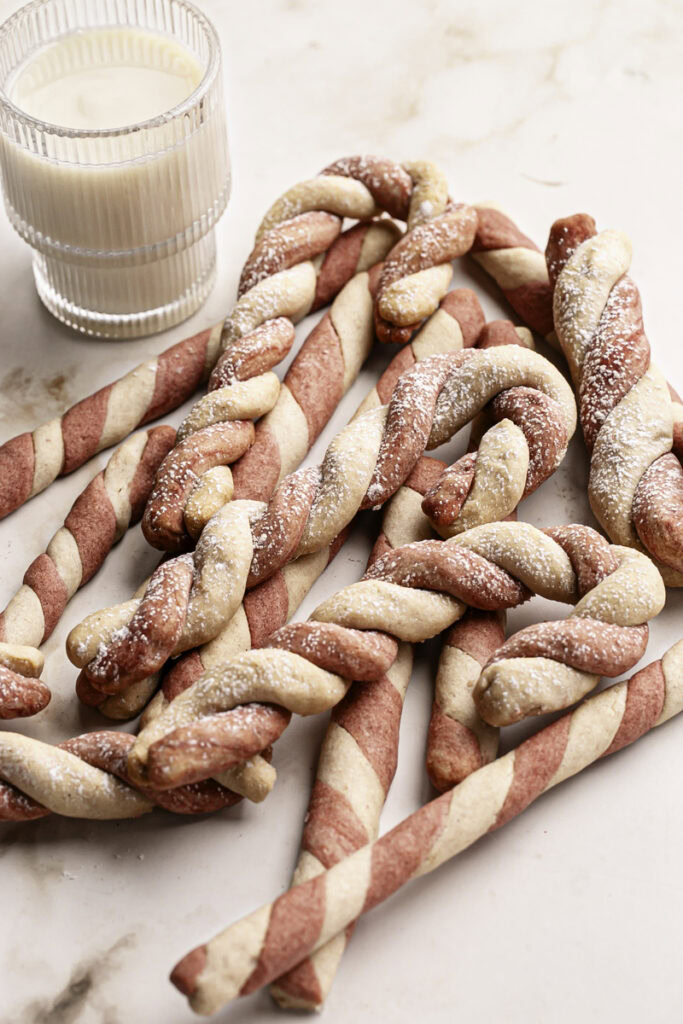
Natural Food Coloring Powders To Buy
I really like the superfood coloring powders that Suncore Foods offers! (not sponsored) They have a wide variety of colored powders, their most popular being these:
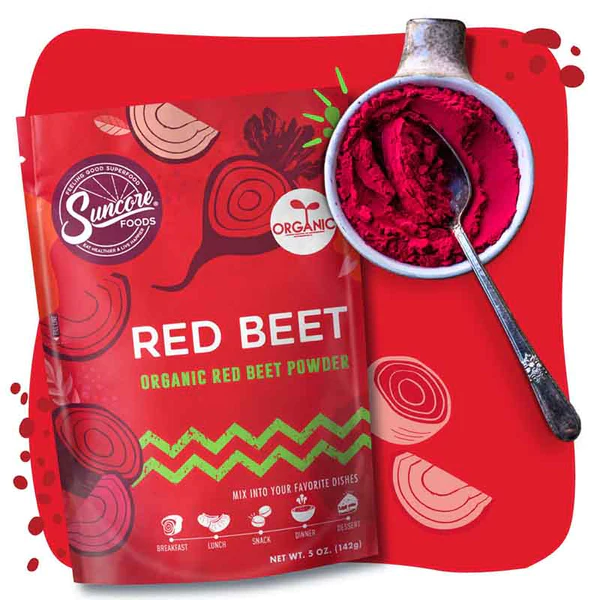

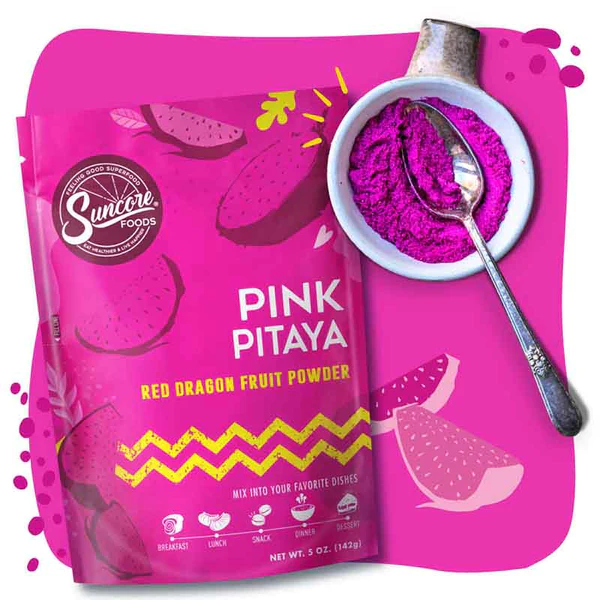
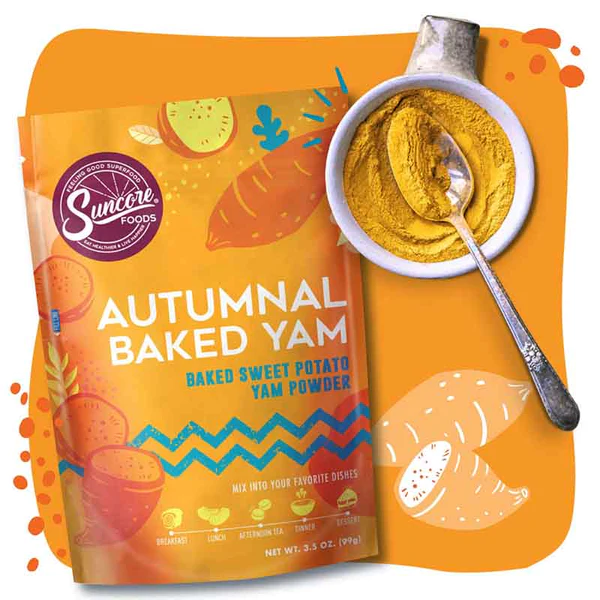
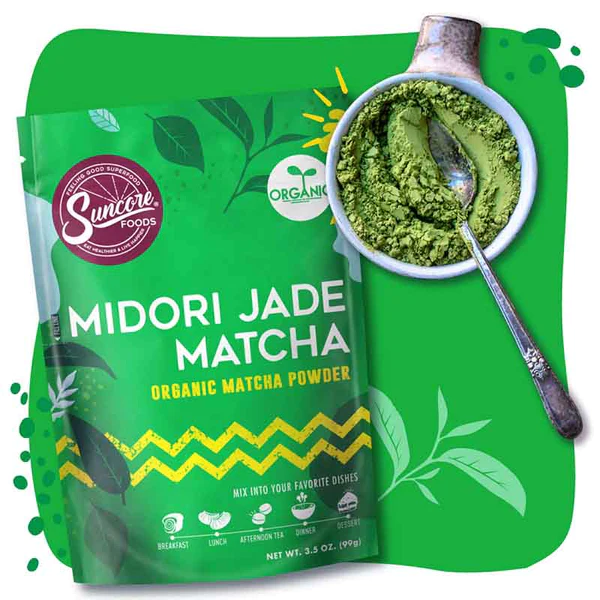
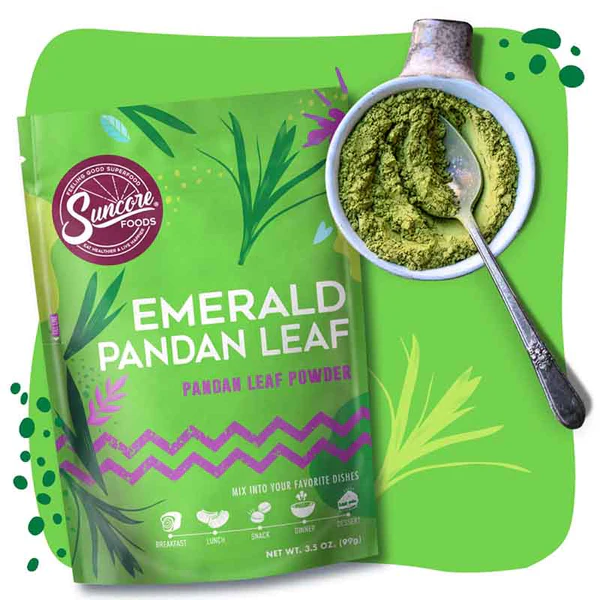
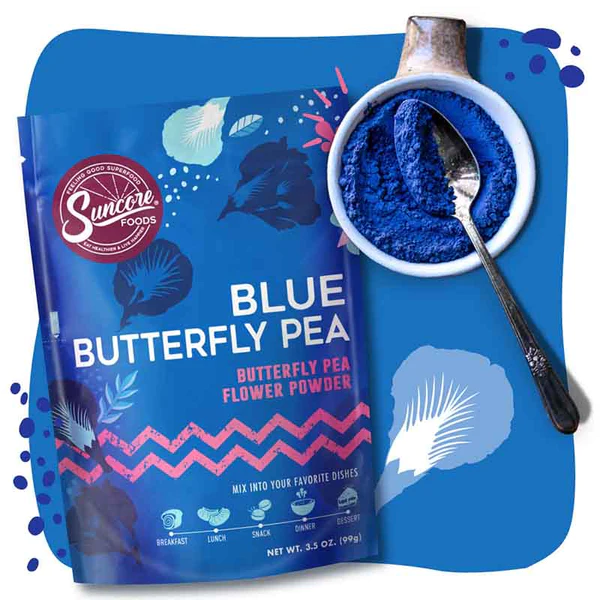
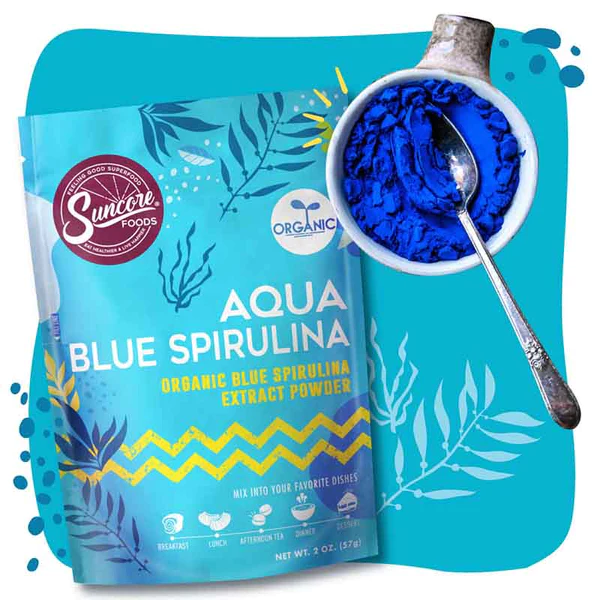
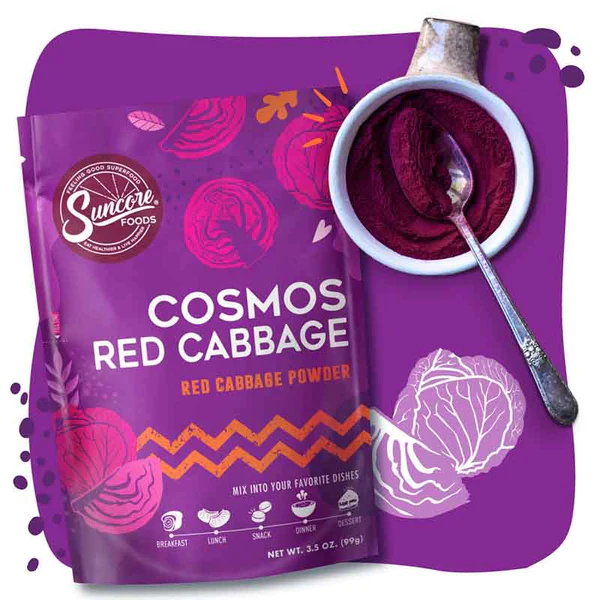
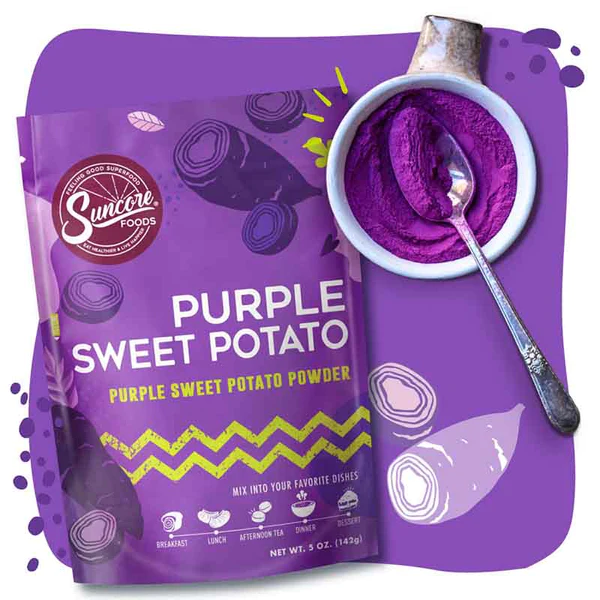
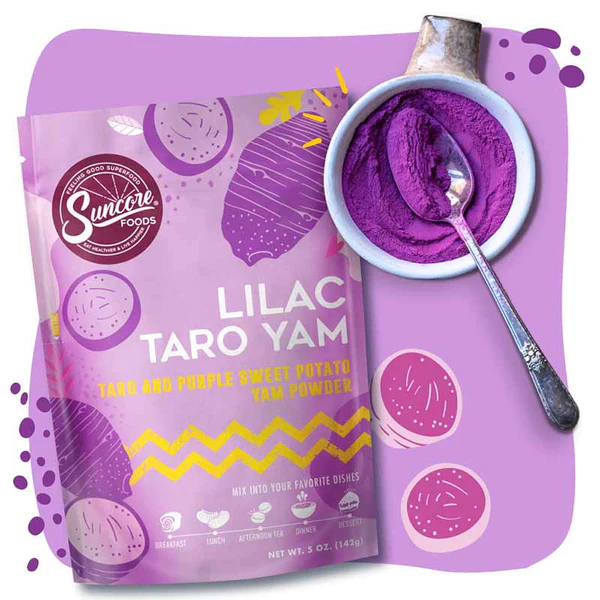
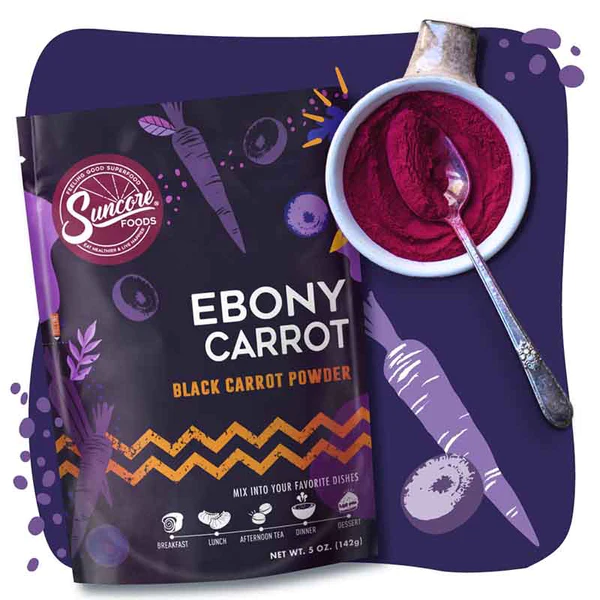
Natural Liquid Food Coloring To Buy
If you prefer to purchase natural liquid food coloring, I like the Supernatural Plant-Based Food Coloring.
Naturally Colored Sprinkles & Chips
Baking Time Club is my favorite! Her sprinkles are gorgeous and they come in a variety of shapes. They’re also gluten-free and vegan!! I used the rainbow nonpareils in my Soft Italian Sprinkle Biscotti Cookies!
🎉 Use code HLV15 for 15% off Baking Time Club Sprinkles!

I also love Pure Food By Estee for their sprinkles but I’m obsessed with their rainbow candy coated chocolate chips! 😍 I used them in my Copycat Cosmic Brownies and Chia Pudding!
How To Store Homemade Food Coloring
How to store natural food coloring will depend on if it’s a powder or liquid. Powdered colors should be kept in an airtight container in a cool, dry, dark place. Homemade liquid food coloring should be stored in an airtight container and kept in the refrigerator.
Do They Expire?
Again, this depends on if it’s a powder or liquid. The powdered coloring has a longer shelf life. Purchased colored powders usually have a year expiration date and will be noted on the package. I would also use this as a guide when making your own powdered coloring at home. If the powder hardens, smells weird, or looks like it has mold, discard it. Liquid Food coloring will only stay fresh for a few weeks when kept in the refrigerator, since they are mostly made with fresh whole fruits and vegetables. Always be sure to test for freshness before using.
25 Recipes That Are Colored Naturally
Watermelon Strawberry Water
This refreshing Watermelon Strawberry Water is made with only 2 ingredients- real, fresh watermelon and strawberries! Simply blend the watermelon and strawberries together in a high speed blender, strain and pour over ice for the best hydrating summer drink.
Creamy Avocado Mint Chocolate Ice Cream Bars
These Creamy Avocado Mint Chocolate Ice Cream Bars are so easy to make and are a delicious frozen ice cream treat to cool down this summer! The creamy mint ice cream filling is made with avocado, coconut milk, and fresh mint leaves and is naturally sweetened with maple syrup! The crunchy chocolate shell is made with dark chocolate, coconut oil and crispy puffed quinoa for a fun homemade Magnum Ice Cream Bar dessert!
Pumpkin Shaped Mashed Potato Bites with Browned Butter Rosemary Garlic Sauce
Turn your mashed potatoes into cute little pumpkins! These Pumpkin Shaped Mashed Potato Bites are easy to make from mashed gold potatoes then shaped into pumpkins using cooking twine. Bake them in the oven and serve with a rich and flavorful rosemary and garlic infused browned butter sauce for the perfect side dish to any meal!
Robin’s Egg White Chocolate Covered Almonds (Vegan u0026 Dye-Free!)
These gorgeous speckled Robin’s Egg White Chocolate Covered Almonds are the perfect whimsical healthy-ish treat for Easter! They are made vegan using dairy-free white chocolate melted with a little coconut oil and perfectly colored with blue and green spirulina powder to keep this sweet snack dye-free. Speckle with melted dark chocolate and you have a fun Easter candy snack everyone will love! 💙
Mango Peach Frozen Sorbet (no ice cream machine needed!)
During the heat of the summer, frozen desserts are essential! An easy homemade fruit sorbet is one of the tastiest ways to cool down. This quick u0026amp; simple Mango Peach Frozen Sorbet is made with just 4 ingredients in a food processor (no ice cream machine needed!) and is bursting with so much flavor, I bet you’ll be keeping this refreshing frozen treat stocked in your freezer all summer long!
Pineapple Coconut Açaí Chia Ice Pops
An easy, healthy, and refreshing summer treat! These Pineapple Coconut Acai Chia Ice Pops are made with pineapple flavored coconut water, chia seeds, acai powder and agave syrup- thatu0026#x27;s it! Simply mix your ingredients together in about 5 minutes and chill until frozen. They also contain some pretty amazing health benefits, are gluten-free and vegan too!
Blender Beet Juice
No juicer needed to make this gorgeous fuschia red juice! All you need is a blender, a nut milk bag (cheesecloth or kitchen towel), and fresh produce! This Blender Beet Juice is made with beets, strawberries, carrots, green apple, clementine, lemon, and ginger for a healthy homemade juice the whole family will enjoy with no added sugar!
Vegan Cotton Candy Ice Cream
Taking you back to your childhood, this healthier, no-churn Vegan Cotton Candy Ice Cream is perfect for summer! Itu0026#x27;s made with coconut cream and naturally sweetened with agave syrup. This recipe is also dye-free using pink pitaya powder and blue spirulina powder.
Oat Milk Matcha Latte Overnight Oats
Whip up these Oat Milk Matcha Latte Overnight Oats for an easy grab-n-go breakfast. This 5-ingredient overnight oats recipe is made with gluten-free rolled oats, chia seeds, oat milk, matcha powder, and vanilla syrup.
Vegan Abstract Yogurt Popsicles
An easier-than-they-look popsicle recipe perfect for summer at home with the kids! These Vegan Abstract Yogurt Popsicles are made with just 4-ingredients and are a healthy treat for hot summer days.
Carrot Cake Protein Smoothie
This delicious vegan Carrot Cake Protein Smoothie is made with nutritious ingredients like raw carrots, frozen banana, creamy oat milk, plant-based protein powder, flaxseed meal, dates, and the perfect blend of spices. This healthy smoothie is a great for when youu0026#x27;re craving all the carrot cake flavors but in a protein-packed healthy breakfast instead!
Candy Cane Shortbread Cookies (red dye-free)
These Candy Cane Shortbread Cookies are only made with 4 ingredients and are super fun to make for the holidays! The gluten-free, vegan shortbread is made with gluten-free baking flour, plant-based butter, naturally sweetened with maple syrup and are colored naturally with red beet powder keeping these cookies dye-free! They are extra delicious served with a glass of cold plant-based milk or hot cocoa.
Sugared Almond Flour Pumpkin Cookie Dough Bites
These Sugared Almond Flour Pumpkin Cookie Dough Bites are so fun for Fall! Theyu0026#x27;re easy to make using blanched almond flour, real pumpkin, cinnamon, vanilla, peanut butter, maple syrup, and organic sugar for rolling. Mold into a pumpkin shape using a toothpick and place chocolate chips on the tops for the stem! A fun, healthy pumpkin flavored sweet treat thatu0026#x27;s gluten-free and vegan!
Matcha Cookie Dough Cups
These Matcha Cookie Dough Cups feature an easy 5-ingredient vegan white chocolate stuffed with gluten-free, grain-free chocolate chip cookie dough for the perfect pop-in-your-mouth sweet treat with a matcha boost!
Cookie Monster Smoothie Bowl
This Cookie Monster Smoothie bowl is a gorgeous combination of banana, avocado, date, and spirulina topped with homemade plant-based, gluten-free chocolate chip cookie dough, chocolate covered chia seeds, and cacao nibs for a fun, superfood healthy breakfast!
Spooky Halloween Black Apple Juice Mocktail
If youu0026#x27;re looking to have a Halloween themed drink at your next Halloween party, try these virgin Spooky Halloween Black Apple Juice Mocktails! They are made with just 2 ingredients, apple juice and activated charcoal, for a non-alcoholic, dye-free, spooky-fun Halloween drink.
No-Bake Date Almond Flour Brownie Bite Turkeys (dye-free!)
These No-Bake Date Almond Flour Brownie Bite Turkeys are the perfect sweet treat for Thanksgiving! The no-bake brownie bites are made with black cocoa powder and almond flour and naturally sweetened with dates! The white chocolate covered almond feathers are dairy-free and dye-free.
Pineapple Coconut Chia Popsicles
An easy, healthy, and refreshing summer treat! These Pineapple Coconut Chia Popsicles are made with coconut water, pineapple juice, chia seeds, and agave syrup- that’s it! Simply mix your ingredients together in about 5 minutes and chill until frozen. They also contain some pretty amazing health benefts, are gluten-free and vegan too!
Iced Matcha Dalgona Latte
Dalgona Coffee but with a matcha twist! This Iced Matcha Dalgona Latte combines iced plant milk topped with matcha foam for one easy, fun, flavorful morning latte!
Pink Pitaya Moon Milk
Trending right now is this delicious Pink Pitaya Moon Milk! Used as an ancient tradition in Ayurveda natural healing practices to help you sleep, my recipe uses pink pitaya and other spices to ignite those senses, help you sleep, and boost your immune system! Make with plant milk so that anyone can enjoy this Instagrammable
No-Bake Vegan Cheesecake Ghosts
These No-Bake Vegan Cheesecake Ghosts have a no-bake chocolate crust that is topped with a cashew cheesecake filling colored with purple sweet potato powder and the ghosts are made with a simple buttercream frosting for a spooky fun Halloween dessert!
Pitaya Poached Pears with Coconut Whip + Chocolate
So I just want to start this poached pear post by admiring this photo! I am so so happy with how it turned out. I finally upgraded my gear and I think that it makes a huge difference. Ok, so now letu0026#8217;s get to these gorgeous pears. I was inspired by my foodie friend Minako
Spirulina Pumpkin Seed Chocolate Chip Bites
These Spirulina Pumpkin Seed Chocolate Chip Bites are the answer! Made with spirulina powder, pumpkin seed meal and naturally sweetened with maple syrup, theyu0026#x27;re the ultimate superfood-packed treat that will give you the energy you need to power through your day.
White Chocolate Peanut Butter Eggs
Move over Reeses eggs, thereu0026#x27;s a new peanut butter egg in town! These u0026#x27;white chocolateu0026#x27; peanut butter eggs are made with coconut butter, maple syrup, plant-milk, and vanilla then colored with natural superfood powders to make these the best healthy Easter treat thatu0026#x27;s gluten-free, vegan, and dye-free!
💕 While I really do make a valiant effort to stay away from artificial food dyes and there’s a great selection of naturally colored recipes on the Healthy Little Vittles blog, not all of my recipes are completely dye-free. But I’m moving more and more away from artificial coloring every day.
Some of the health information in this blog post was sourced from Healthline.
Let me know down below in the comments section if this post was helpful or if you have any other questions about making your own Homemade Natural Food Coloring. Give it a five rating ⭐️⭐️⭐️⭐️⭐️ so that others can discover this guide in making their own food coloring from real, whole foods at home! Be sure to tag me on Instagram, Facebook, or Pinterest with how you’re using these food colorings!

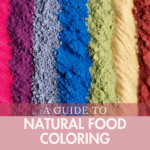
A Guide To Homemade Natural Food Coloring
- Total Time: 0 hours
Description
Making your own homemade natural food coloring is easy and fun! Ditch the artificial food dyes and learn how to make all the colors of the rainbow to color your food naturally using real, whole foods instead of synthetic artificial food dyes.
Ingredients
Homemade Powder Food Coloring
- The easiest way to make your own powdered food coloring is by buying freeze-dried fruits and blending them into a fine powder in a food processor. You can also dry your own fruits and vegetables by baking them at low temperatures in the oven or dehydrating them in a dehydrator and then grinding them into a fine powder with a food processor. These powders can be added directly to the recipe. I usually start with 1 teaspoon of powder and add more as needed, taste testing in between to be sure the powder doesn’t alter the taste of my recipe. It also helps to sift the powder into the recipe to avoid any clumps.
Homemade Liquid Food Coloring
- Making liquid food coloring can be made from juice, such as beet juice, either homemade or store bought- though it’s best if the juice is pure concentrated juice and not watered down. Fruit and vegetable purées can also be used but they need to be strained or they will be too thick and/or chunky. You can also simmer fruits or vegetables in a saucepan until they reduce (water evaporates) and then purée with an immersion blender. Tip: Reducing the liquid (evaporating the water) is a vital step in making sure the liquid color is as concentrated as it can be for the best results.
Instructions
Usage
When using powdered food coloring I suggest starting with 1 teaspoon and adding more as needed. When adding liquid food coloring, I suggest starting with ½ teaspoon and increase as desired, keeping in mind for both that the color will be more muted than conventional food dyes.
Storage
How to store natural food coloring will depend on if it’s powdered or liquid. Powdered colors should be kept in an airtight container in a cool, dry, dark place. Homemade liquid food coloring should be stored in an airtight container and kept in the refrigerator.
Notes
READ THE FULL BLOG POST FOR A LIST OF FOODS THAT YIELD THE BEST RESULTS, TIPS, AND WHERE YOU CAN BUY NATURAL FOOD COLORING!
- Prep Time: 0 hours
- Additional Time: 0 hours
- Cook Time: 0 hours
- Category: Dye-Free
